The development of Oman's ports and their importance to the country's logistics sector
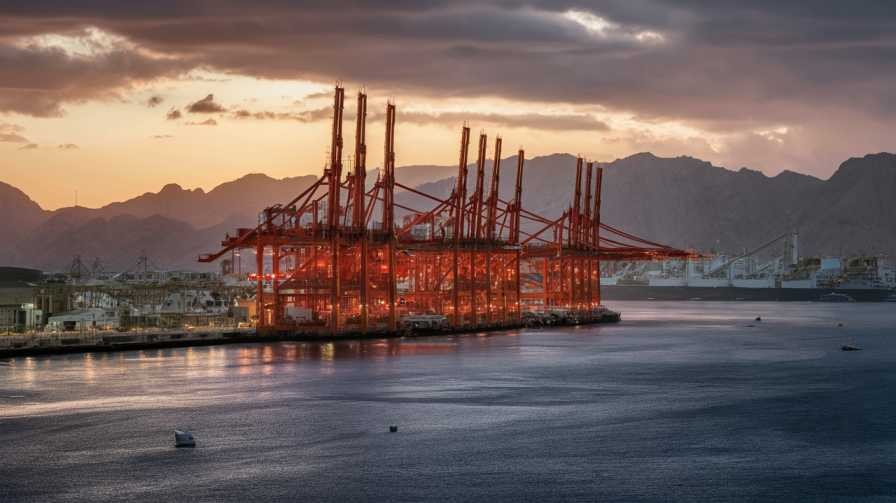
Situated at the centre of the Arabian Peninsula, Oman has proved to be a logistics hub with regional but international links. Its ports are strategically placed, forming a crossroads between Asia, Europe, and Africa. While the country was highly dependent on its oil-based economy, with its resource reduction and higher up-front cost for production and logistics, the government is taking steps to diversify its economy rather than solely focus on oil.
One of them is the logistics sector. It is a step in a nation’s economic development that simplifies cross-border trade for various products, services and information. Having an effective logistics system will minimise the transformation expenses and delays. Therefore, Oman is investing more in port logistics to streamline supply chain operations, which can strengthen the country’s economic growth in the international marketplaces.
Moreover, investing in logistics infrastructure fosters regional integration and job growth by enhancing connections both domestically and internationally. More and more advanced technologies are integrated into the logistics processes to improve their traceability, efficiency, and transparency, reduce costs and boost productivity.
Hence, transitioning the country’s economy to a knowledge-based economy further boosts its competitiveness. The three major ports of the country, Sohar, present in the north between Dubai and Muscat, Duqm in the southeast, and Salalah in the South, have undergone a smart development plan that empowers its logistics sectors to simplify global market connection.
The Plan for making Omani ports pivotal export hubs
As per government data, Sultanate Ports managed up to 86% of the export commodities at Mina al Fahal and 12% of Khatm al Shakla of Oman in 2021. In 2020, the Muscat International Airport reportedly had the highest export value. The General Administration of Customs' customs database has shown a 21.7% growth from RO 28 billion in 2020 to RO 33.8 billion in the amount in the commercial exchange value in 2021.
Since shipping through seaports is less expensive than airports, over the last few years, the Sultanate of Oman has made billion-dollar investments in port infrastructure improvement by accelerating custom processes and establishing direct connections with international ports.
The country aims to make massive infrastructure investments that will gain both international capital and domestic capital to establish itself as a major hub for import and export. Since the country already has the advantage of strategic placements of its ports, all the large to small ports are being transformed by infrastructural development. It will empower the country to take advantage of its ports’ closeness to international shipping lines.
In the pursuit of this plan implementation, the government has entered into partnerships with foreign corporations to manage and operate these ports to boost international shipping lines and export investments. In order to promote the expansion of commerce in Oman and the prosperity of its ports, the Government is making investments in various sectors that include manufacturing, fisheries, green energy, tourism, mining, agriculture, etc.
Meeting the international standards for meeting large shipping demands
Omani ports can handle the biggest ships and are on the scale of international ports. The major developed and fully operational ports have 25m deep berths, storage spaces, container terminals and advanced machinery to handle large numbers of shipment cargo. The government has established its infrastructure to facilitate import and export procedures in a timely manner and speed up the clearance of commodities.
With a 10.71 square kilometre area and 21 berths, the Port of Salalah is a major hub for the distribution and transportation of containers on international trade lines. Sohar Port is designed more for receiving and shipping general cargo, containers and liquid bulk cargo operations with international trading. Its 45 square kilometre area and 21 berths enable it to handle such large shipments in a streamlined supply chain.
Given its strategic location close to international shipping lanes, markets in Africa and Asia, and matured infrastructure, the Port of Duqm is a significant economic project for the Oman government. Its infrastructure development facility includes constructing commercial terminals for the port with roads, cargo assessment areas, pier gates, truck registration buildings, etc.
Moreover, the project aims to simplify various shipment clearance work by establishing a one-stop shop and customs building. All these features and seamless operations at Duqm Port have become a popular regional hub for logistics. These strategic steps can improve the country’s economy and draw in more industrial investments.
The ambitious vision of Oman’s logistics strategy 2040
By 2040, Oman aims to rank among the top 10 nations in the world for logistical performance. Apart from being an oil-based economy, Oman wants to make the transportation and communication sector its second-largest economic source. Oman has built a number of ports in the last five years, especially at Salalah and Sohar.
These ports have drawn billions of riyals in foreign and domestic investment. This strategic plan implementation is helping Oman to create thousands of jobs. These intelligent development steps are further increasing the ports’ share value in the industry.
The Ministry of Transport, Communication, and Information Technology are working collaboratively to develop and boost the port sector’s competitiveness. They are taking on all the responsibilities of handling international marketing programmes for every specific port that each ministry supervises.
Creating employment opportunities across all associated transportation and logistics sectors
The Ministry of Transport, Communications, and Information Technology have launched the Oman Logistics Centre initiative with the goal to reach RO2.5 billion by 2025. These port development projects are intended to increase government revenue and employment opportunities. Moreover, the initiatives will diversify the transportation and logistics industry. It will draw in more significant investments.
Oman's ports will have a competitive edge in important trade routes with its various international tradelines from Asia to Europe due to their transformation into global infrastructures. These ports can provide a prominent trade connection network globally, which can handle more than 3,000 ship movement requests from more than 52 locations. Technological advancements and streamlined supply chains will improve transit times.
Since the primary shipping route between East and West is less likely to alter, and markets are easier to access from a centralised location, the transit times will further improve. As the country provides efficient transhipment services and connectivity to Gulf Cooperation Council (GCC) countries and beyond, Oman can facilitate international trade flow with its ports. This will not only serve to boost Oman’s economy but also that of other countries.
Being a global logistics hub for Oman will facilitate international investment and ease regulatory frameworks related to shipping and transportation. Moreover, importers and exporters will find it easier to follow customs when doing business, which ultimately improves the country’s logistics industry operations. Furthermore, such transformational steps into creating global logistics hubs through the ports will reform and make trade transactions go more quickly, reducing the time spent on product delivery.
Summing Up
Oman’s port development strategy is a testament to the nation’s vision for sustainable growth and economic prosperity by adapting to diversity. This is where Omani ports serve as essential entry points to international markets that promote trading affairs while influencing industrial development and regional integration. The country’s commitment to innovation and sustainable investment strategy in improving the port infrastructures to make them 100% operational are empowering the economy for future growth in resilience and competitiveness within the global logistics scene.
Latest Blogs
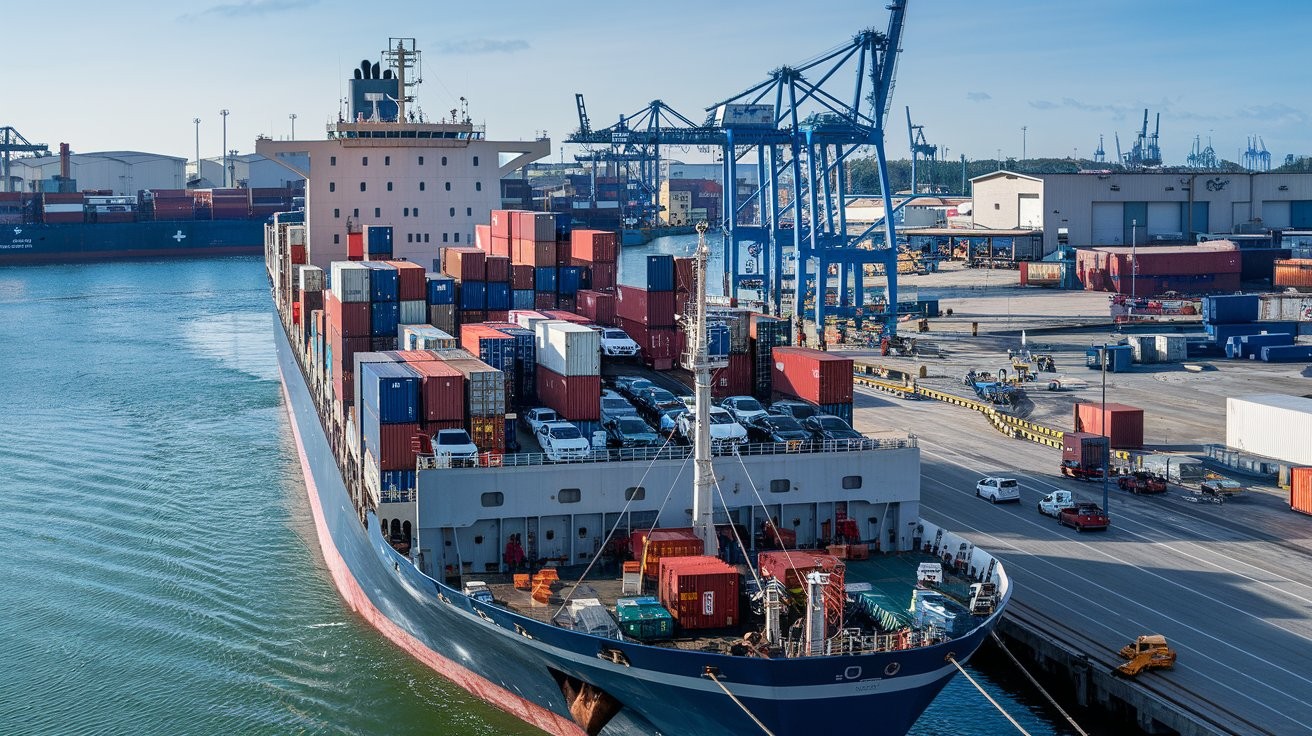
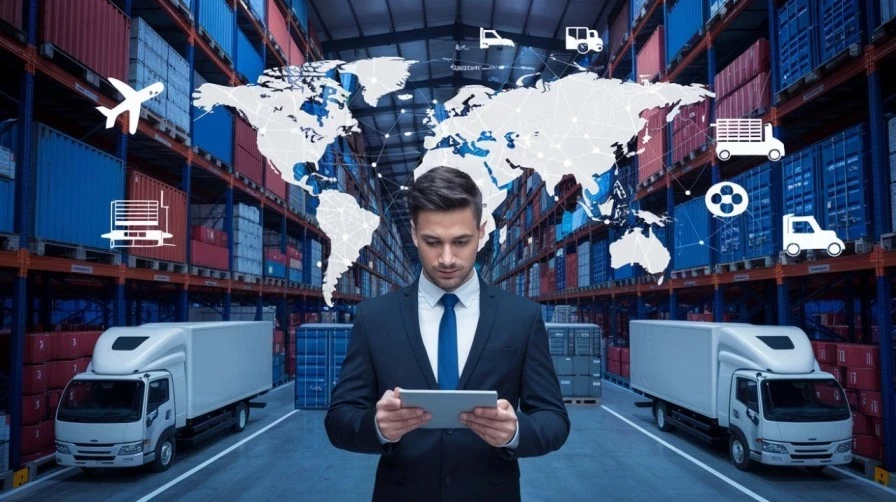
Key Benefits of End to End Supply Chains
20 Sep, 2024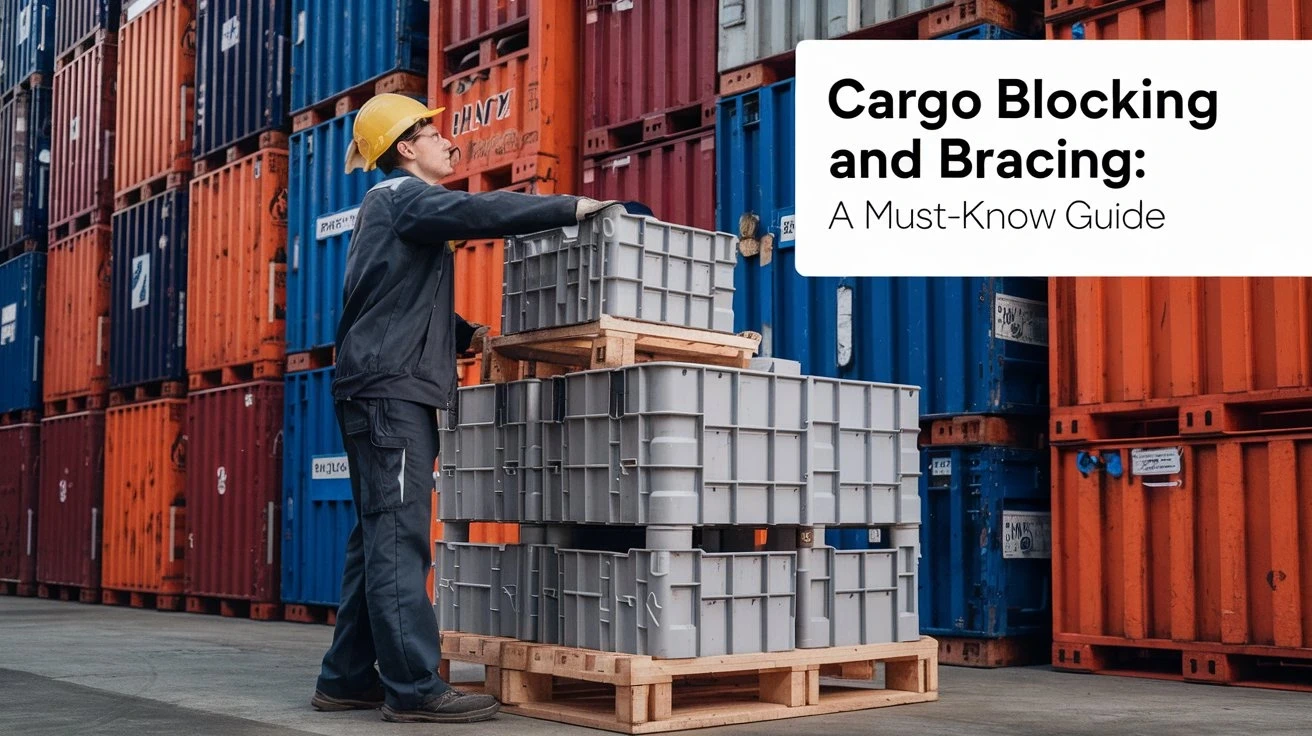
Cargo Blocking and Bracing: A Must-Know Guide
17 Sep, 2024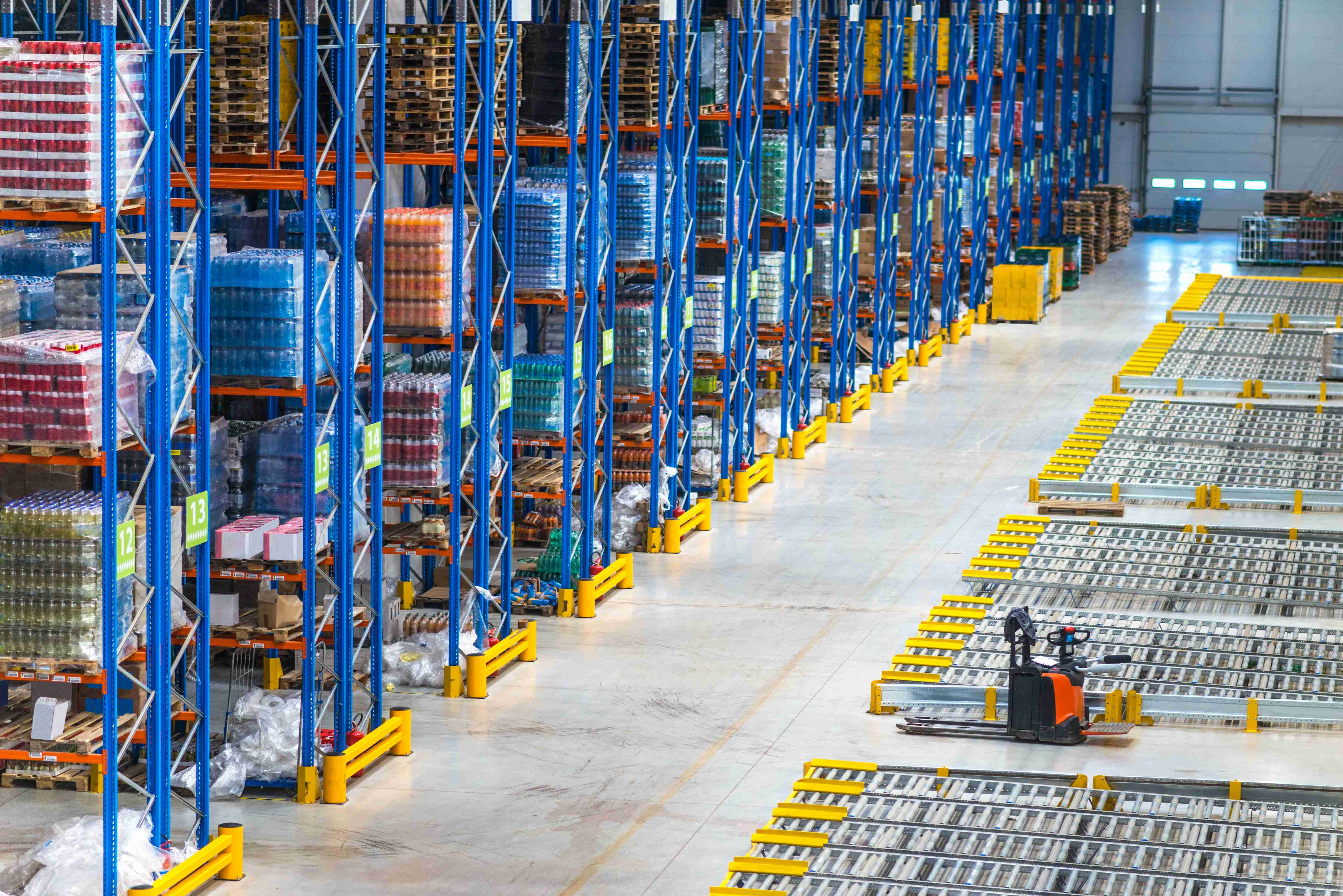
Third-Party Logistics (3PL): A Complete Guide
31 Jan, 2024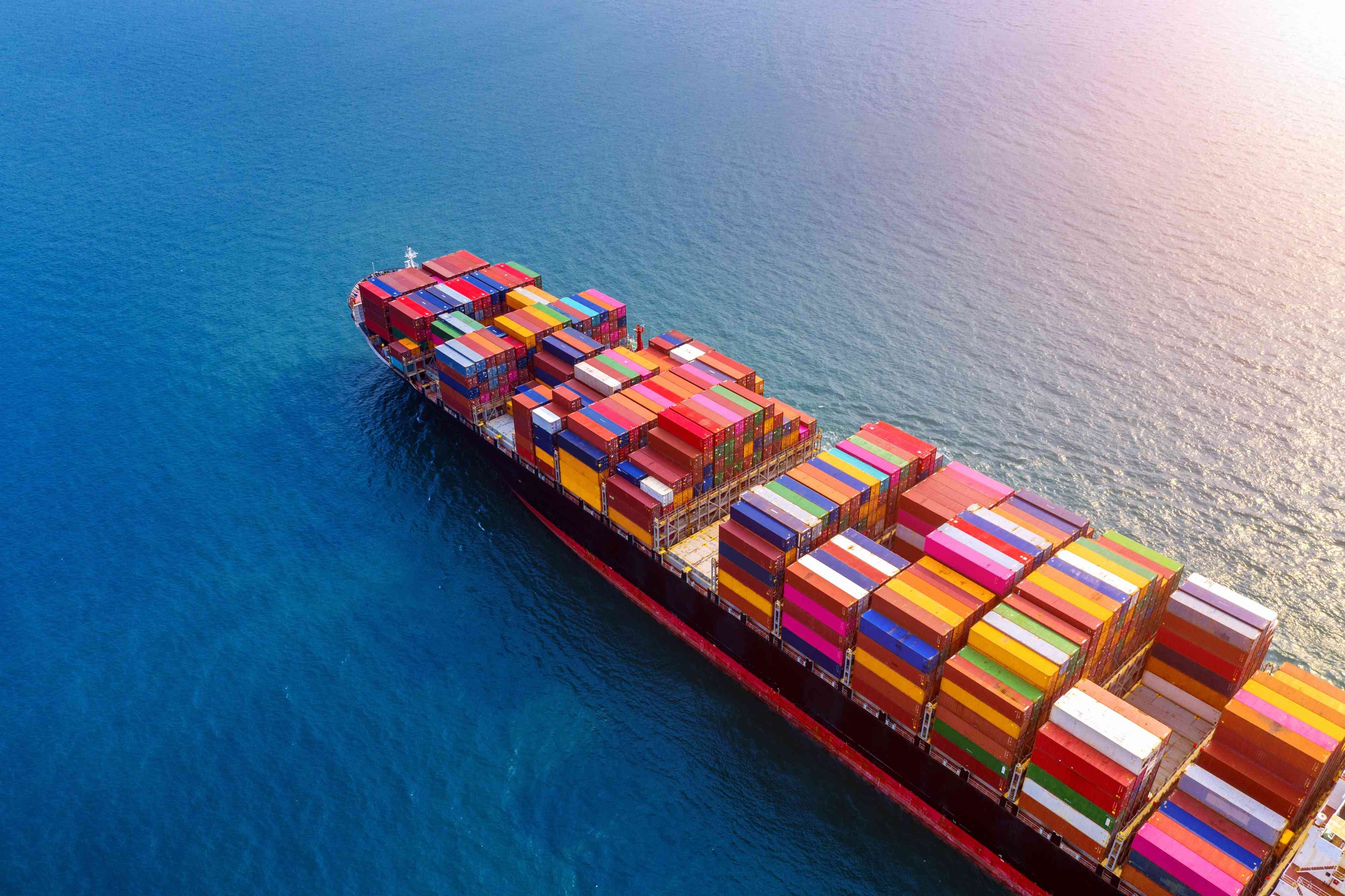
How do I book a container by sea freight
27 Nov, 2023
Top Reasons You Need A Cargo Insurance
30 Aug, 2023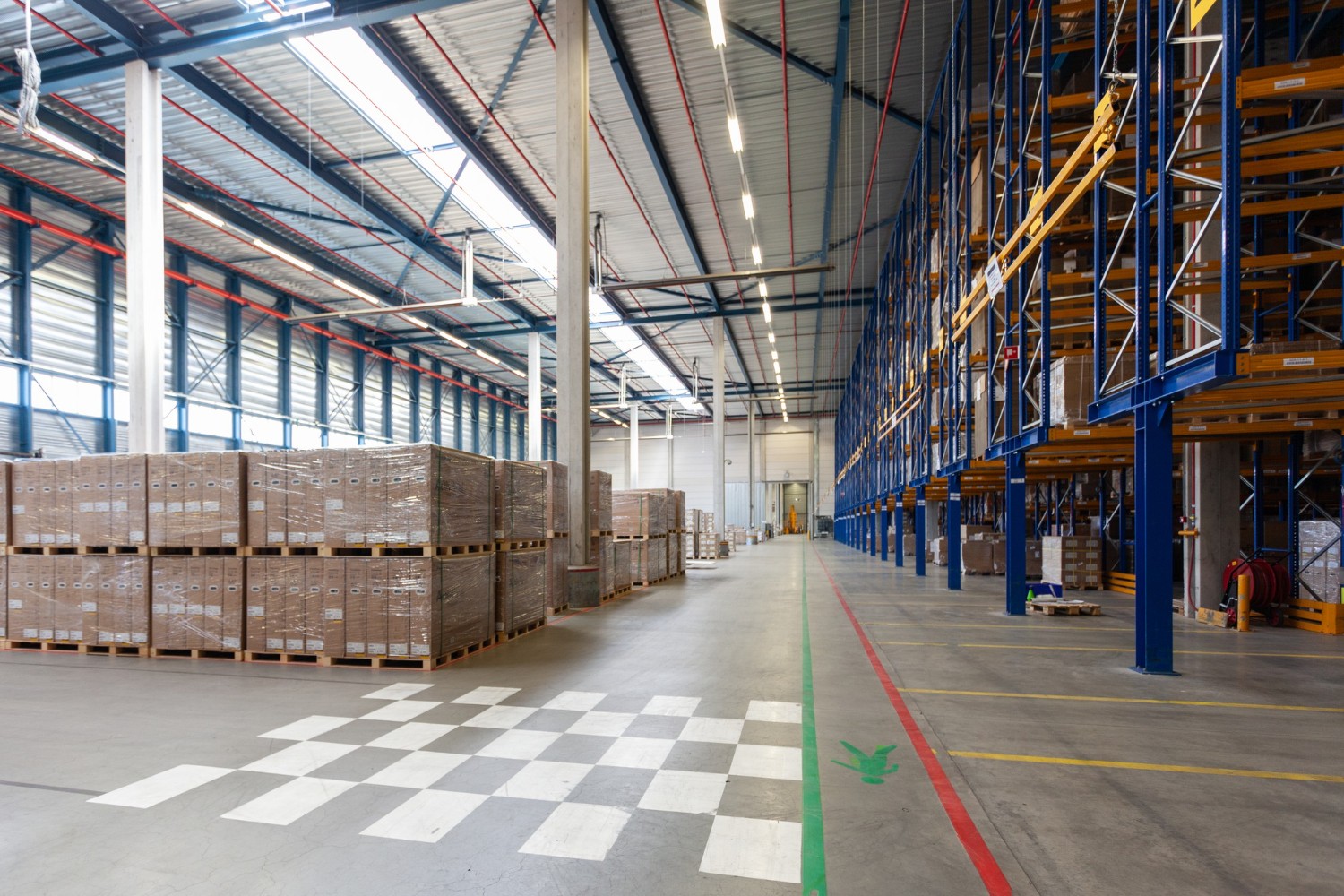
Benefits of Customs Bonded Warehousing
24 Jul, 2023
Benefits of Logistics Outsourcing
30 Jun, 2023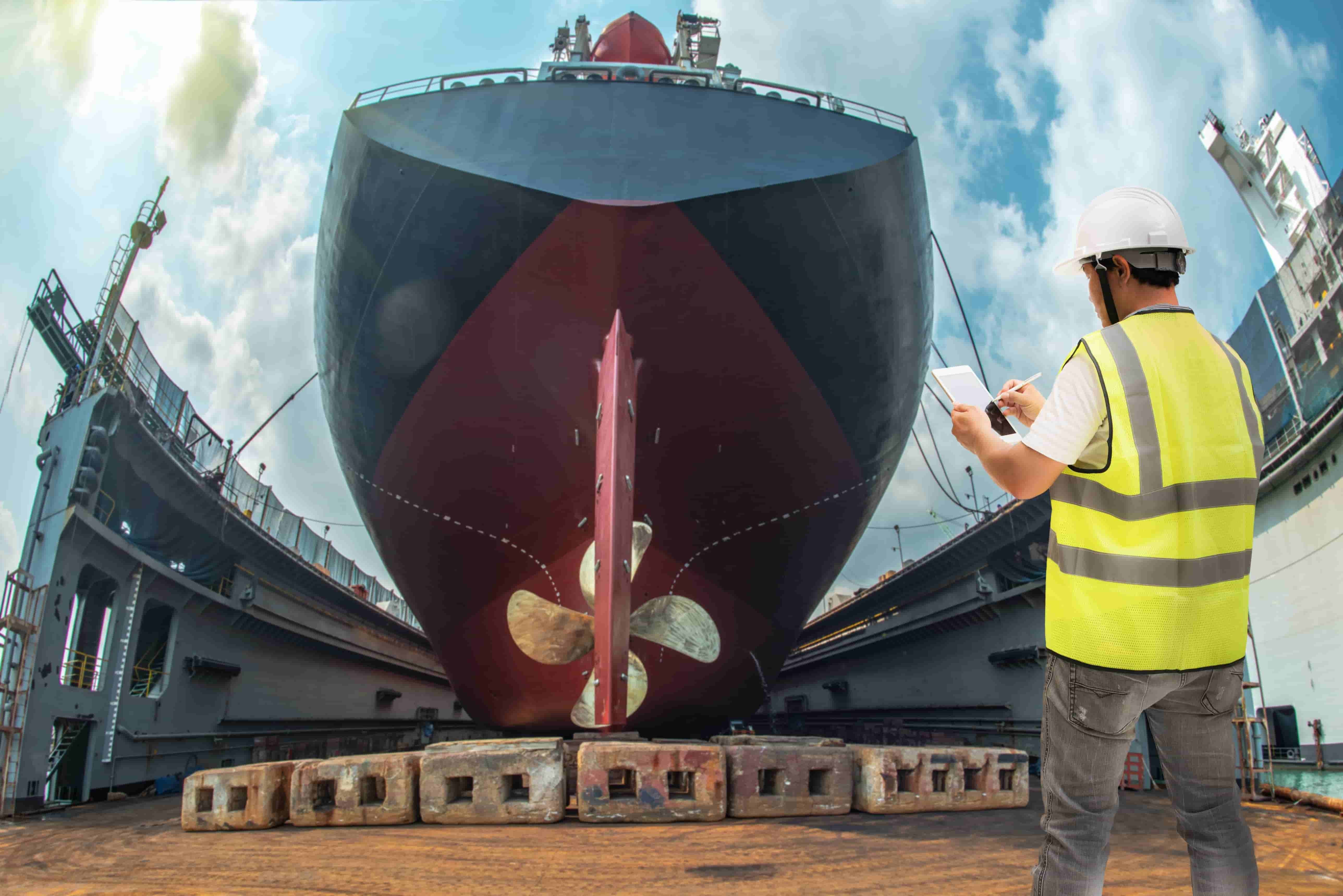
What is Dry Docking & Why Do Ships Do It?
30 May, 2023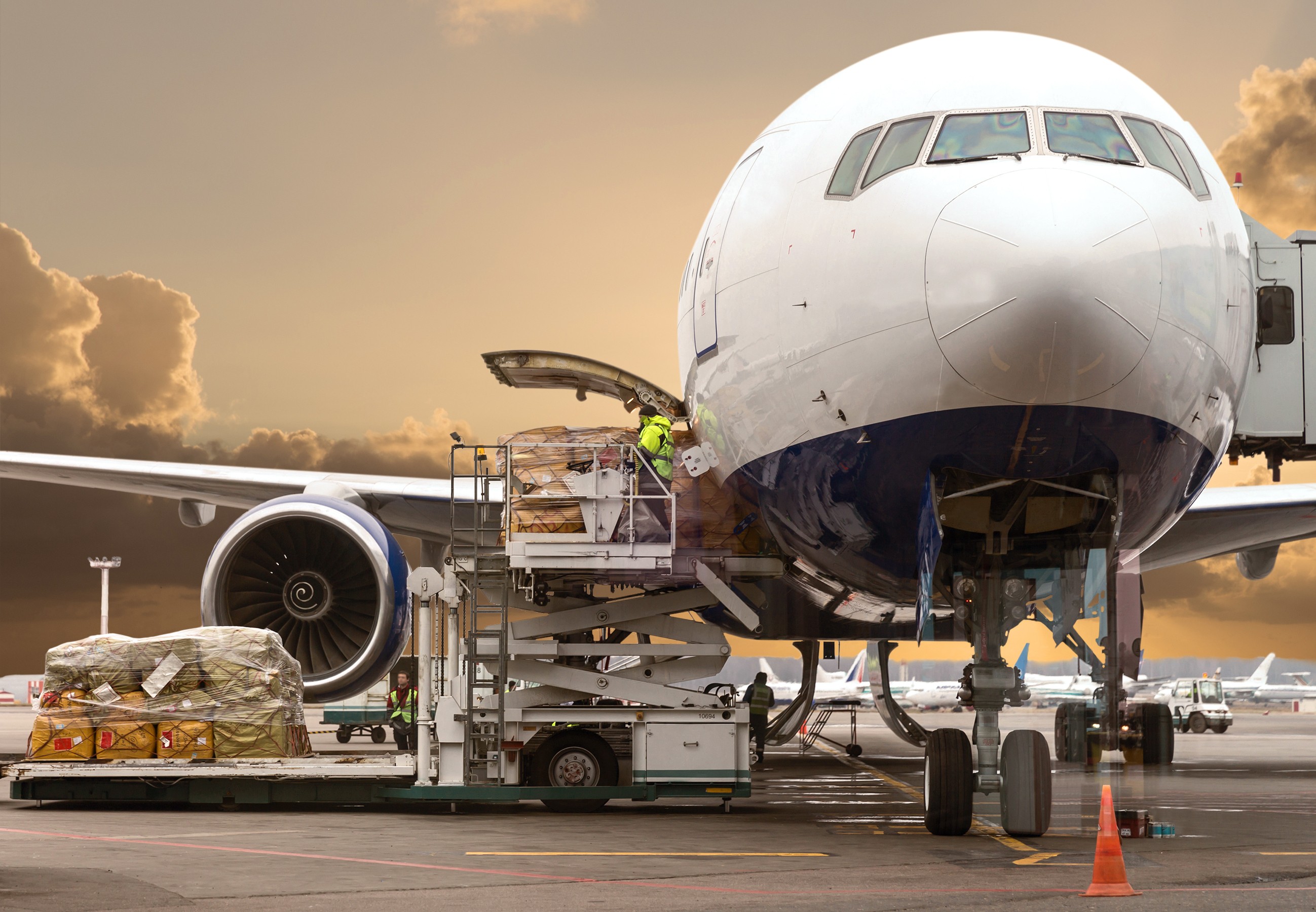
All You Need to Know About Air Freight
16 May, 2023
Ways Carriers Benefit from Contract Logistics
25 Apr, 2023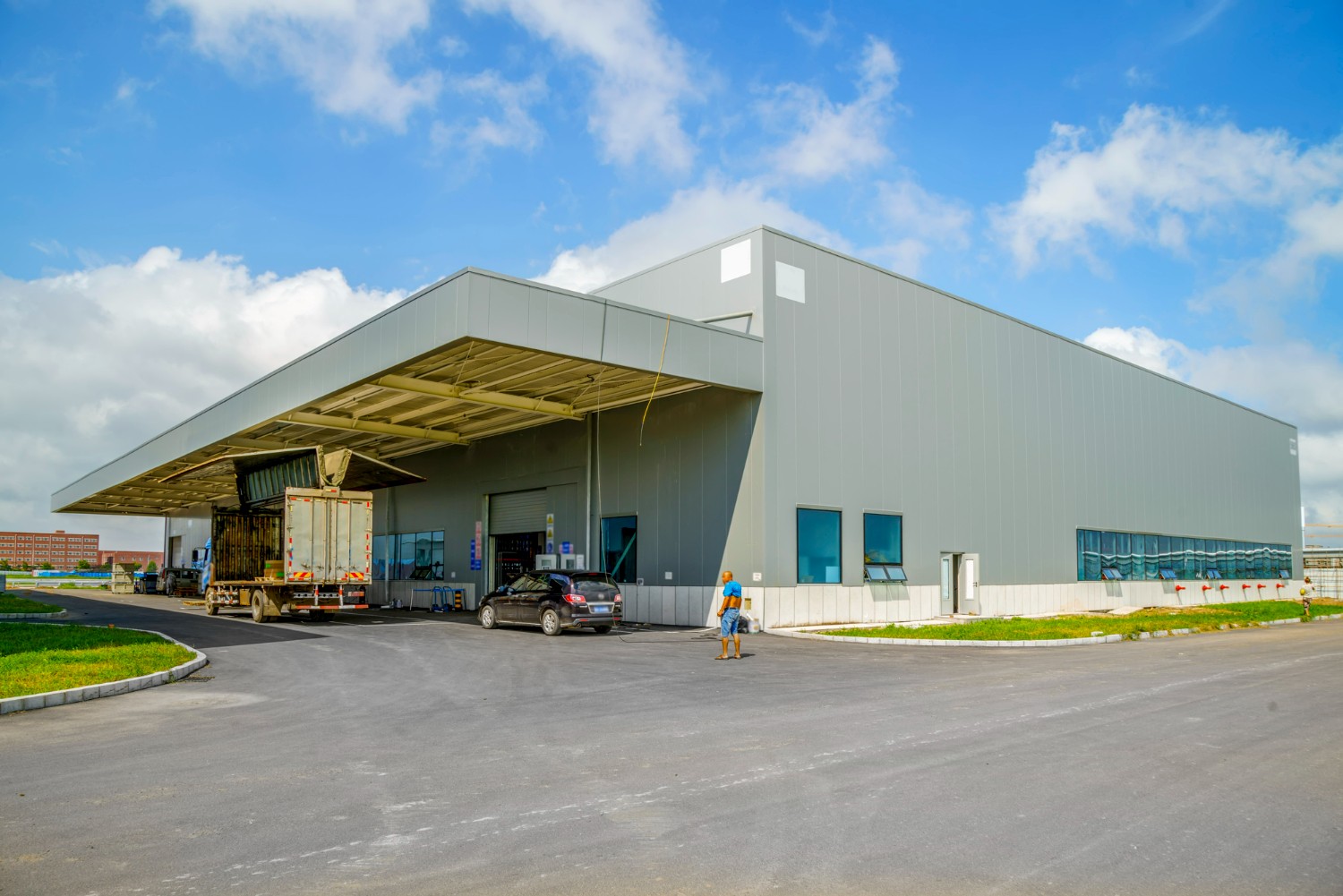
Pros and Cons of Contract Warehousing
27 Mar, 2023641c5faf72d6a.jpg)
Advantages of Freight Consolidation
23 Mar, 2023
All You Need to Know About Freight Charges
27 Feb, 2023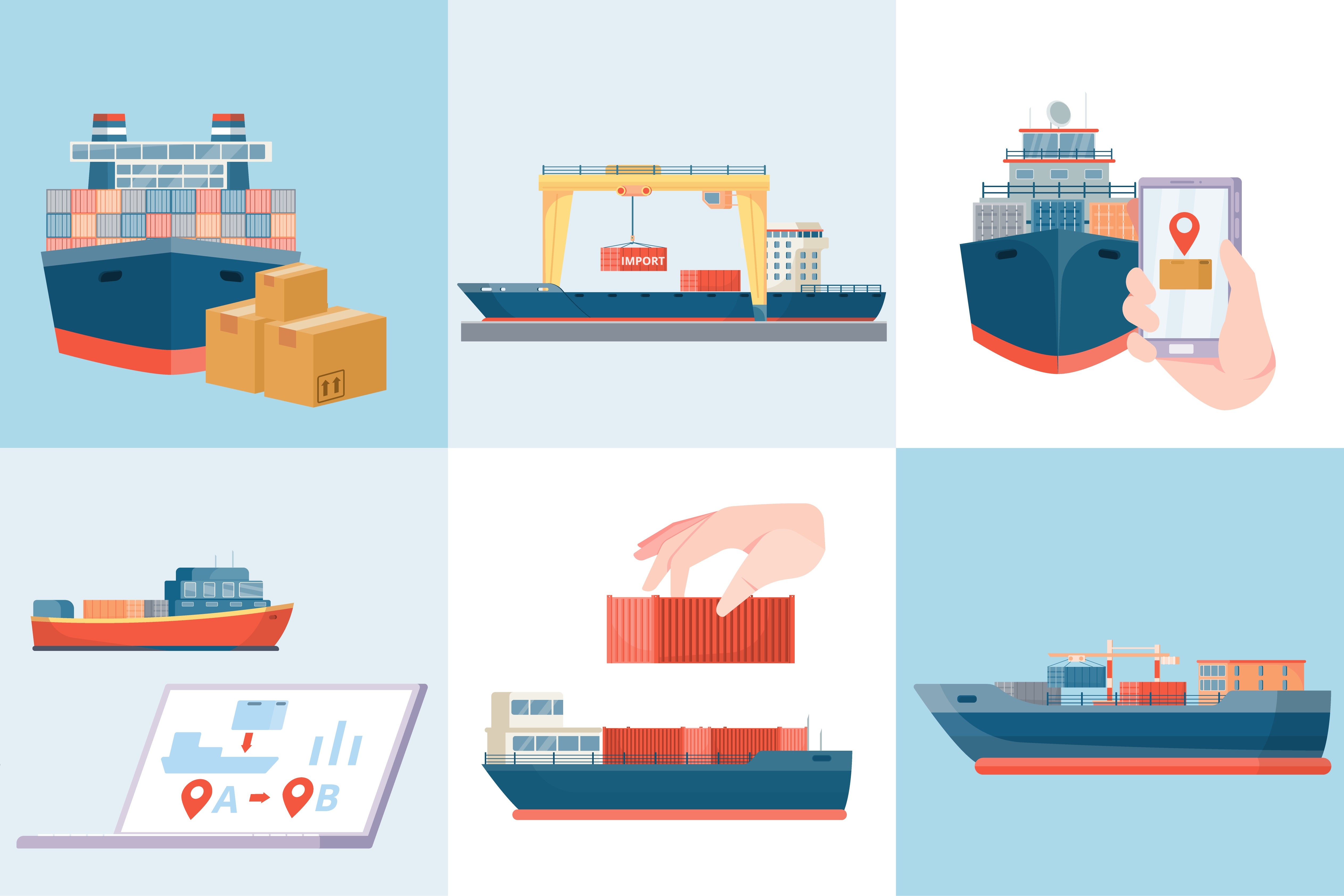
How to Find A Good Freight Forwarder?
24 Jan, 2023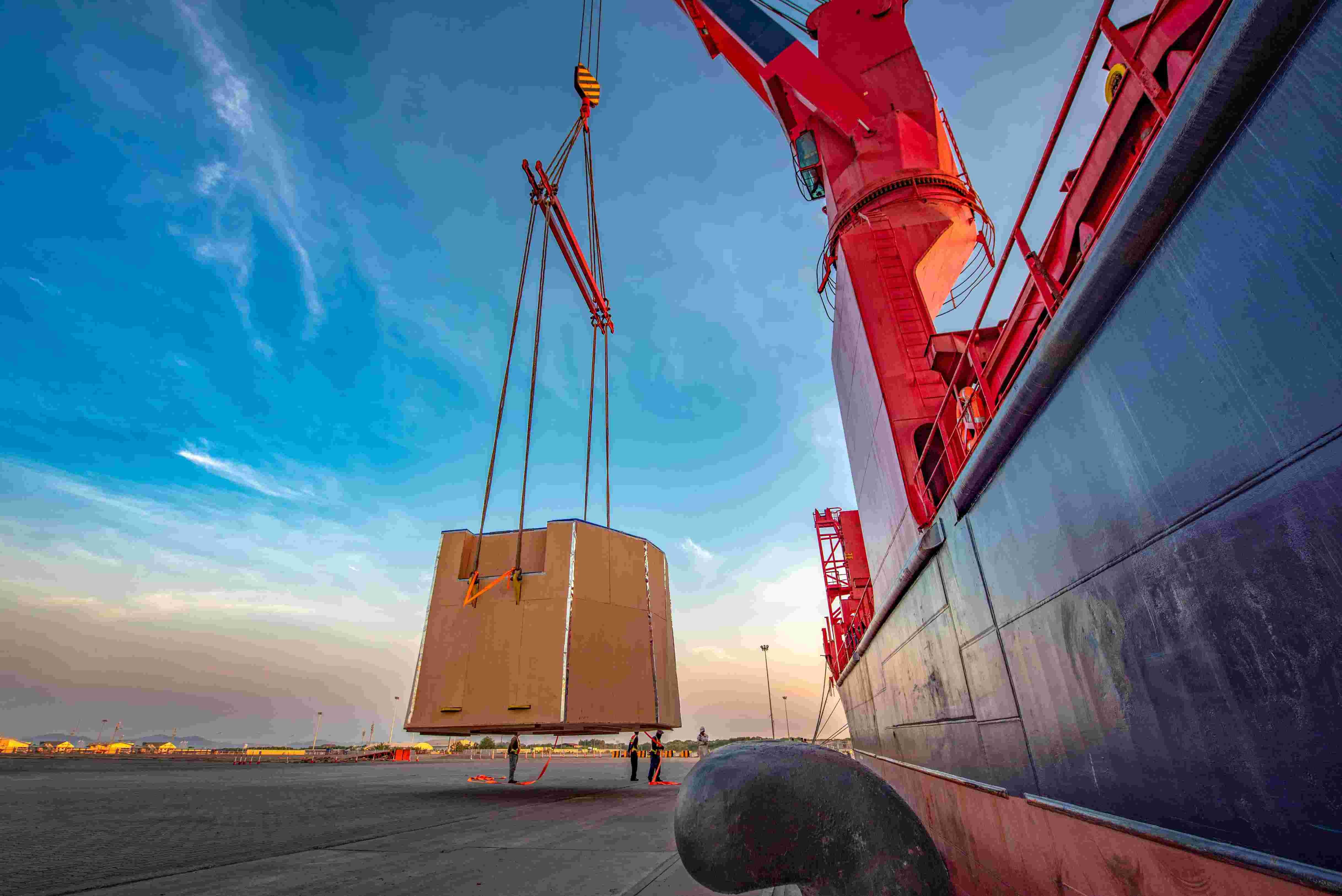
What is Project Cargo and How is it Transported?
07 Nov, 2022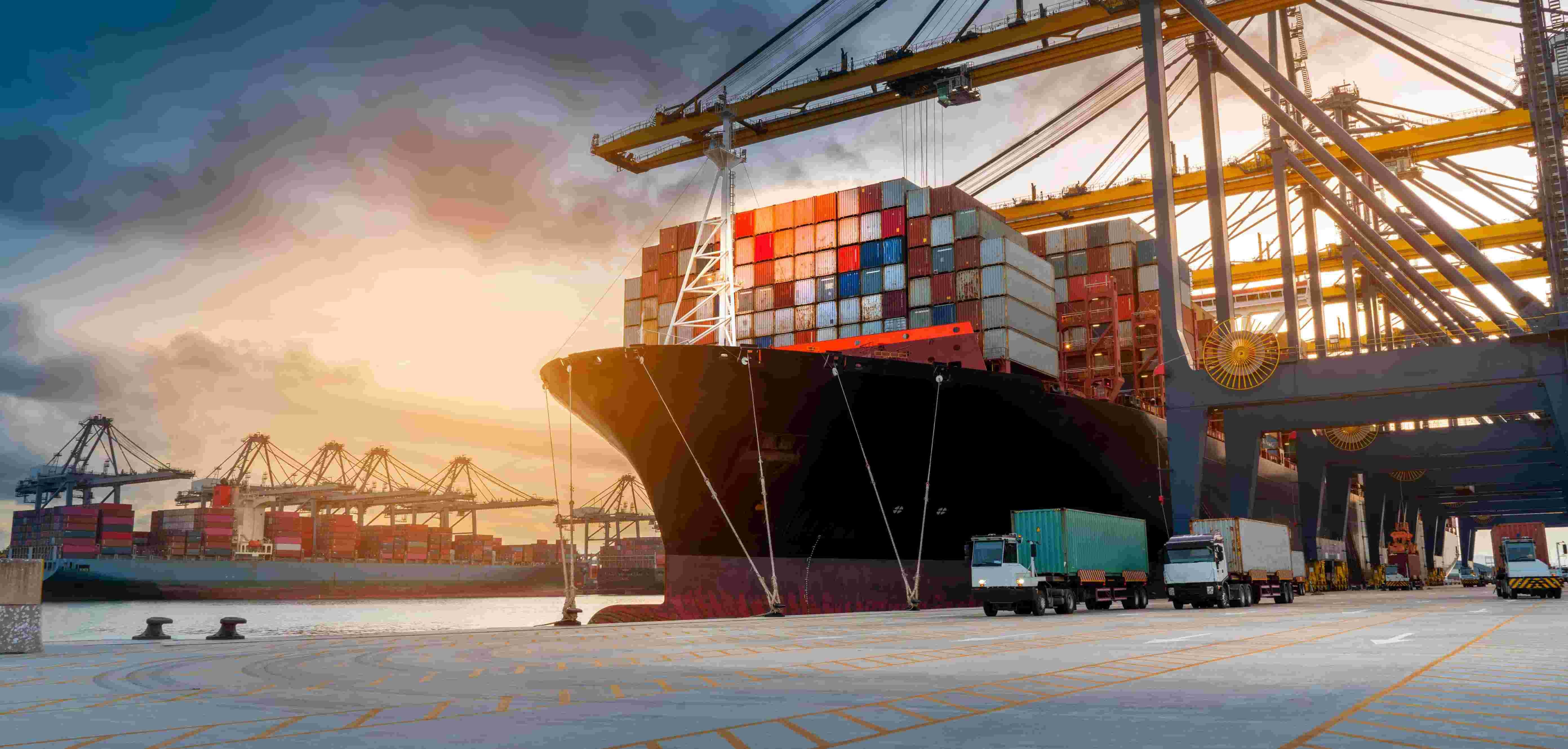
How International Ocean Freight Shipping Works
25 Oct, 2022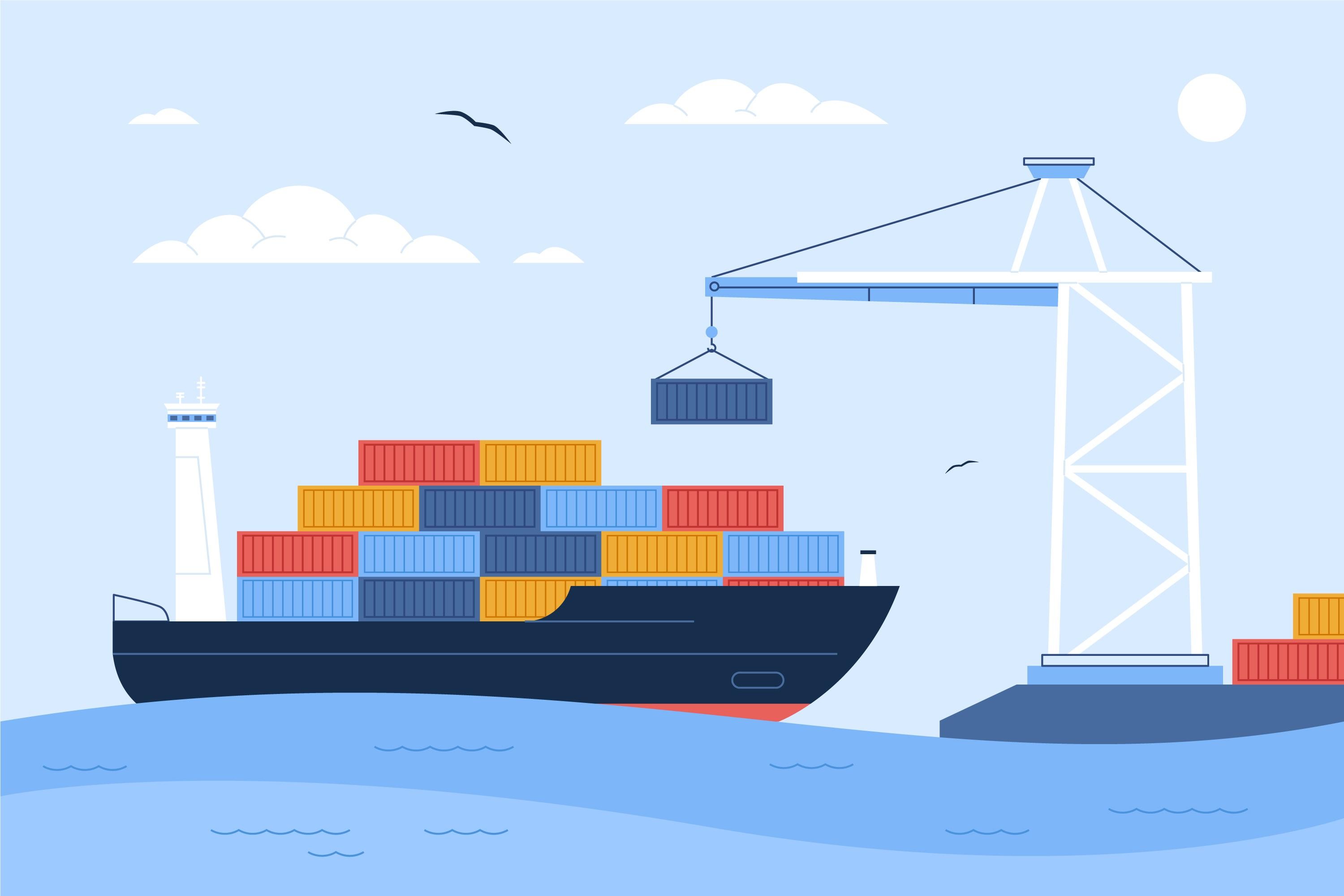
How does LCL shipping work?
26 Sep, 2022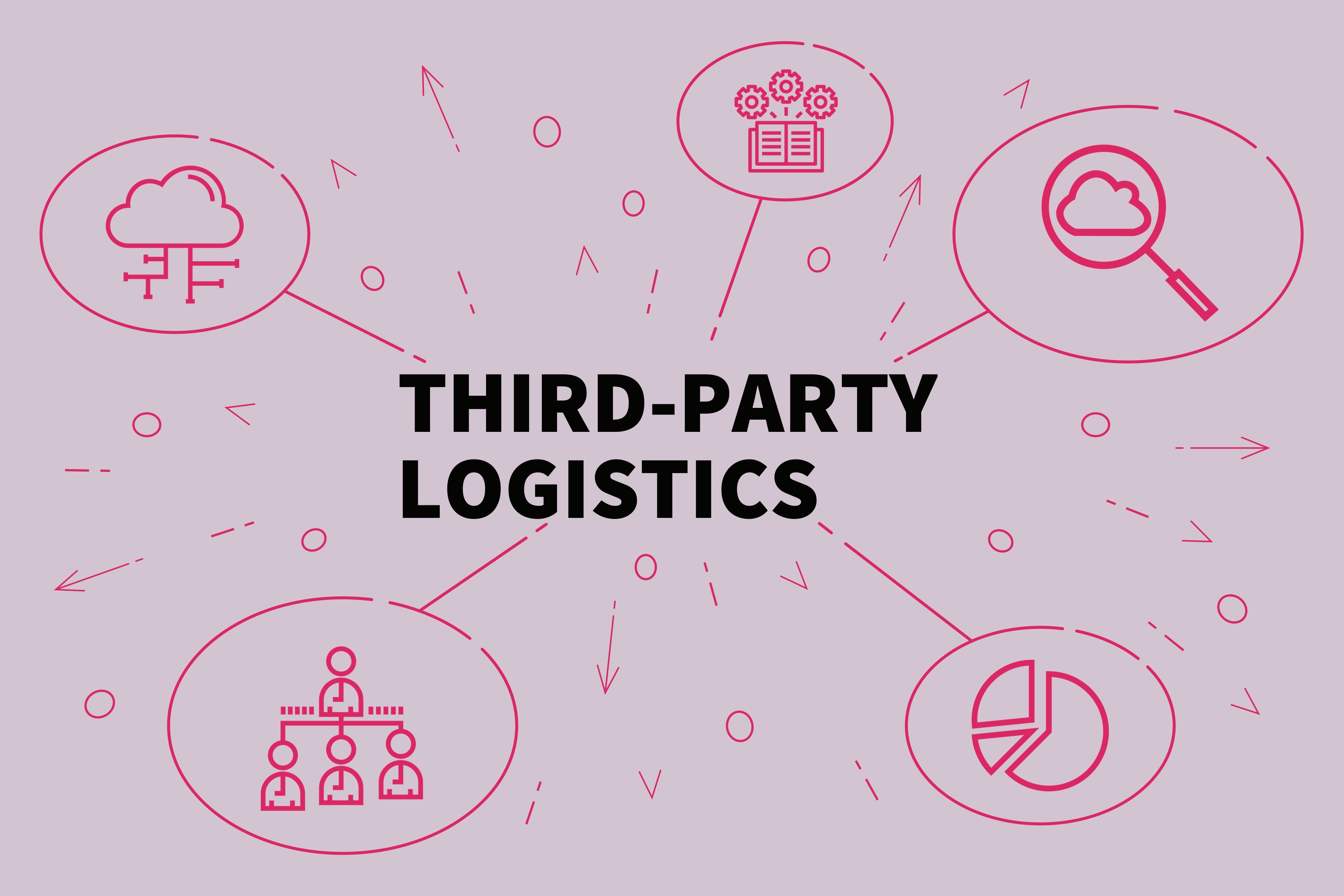
8 Ways to Optimize Your 3PL Relationship
22 Sep, 2022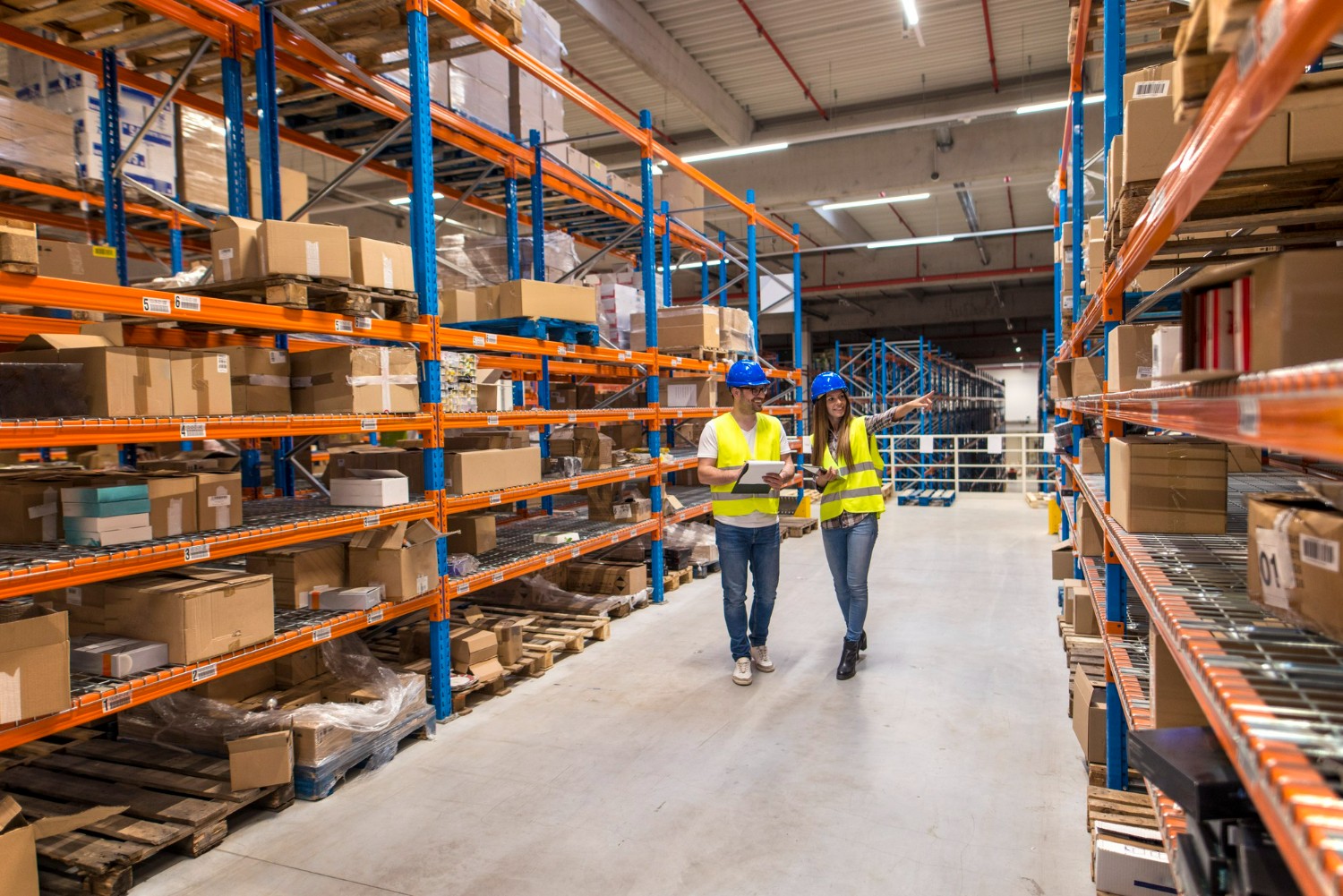
Benefits Of Using An Outsourced Warehouse
22 Aug, 2022
Importance of Cargo Insurance
30 Jul, 2022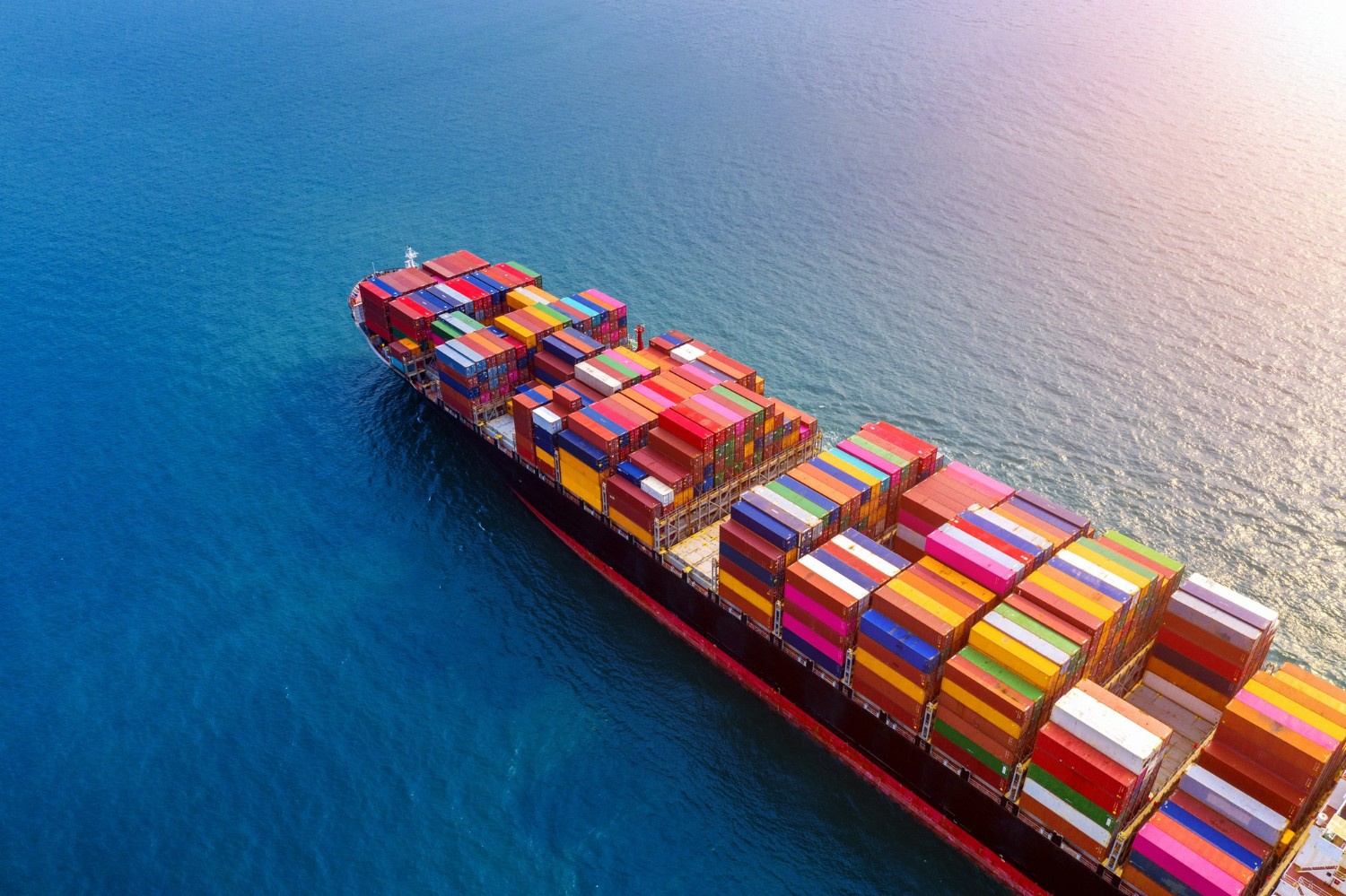
Top 10 Benefits of Ocean Freight Shipping
22 Jun, 2022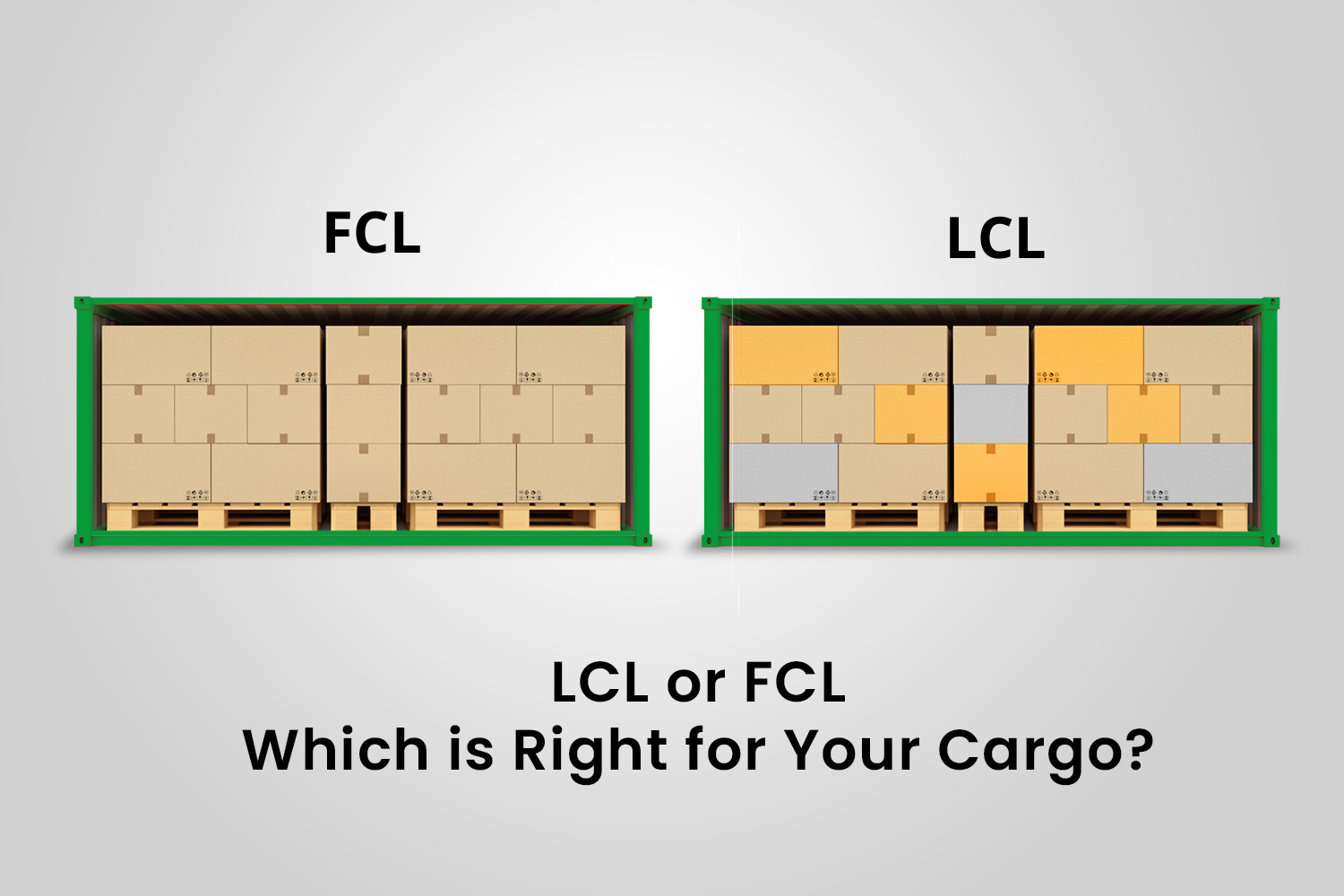
LCL or FCL - Which is Right for Your Cargo?
26 May, 2022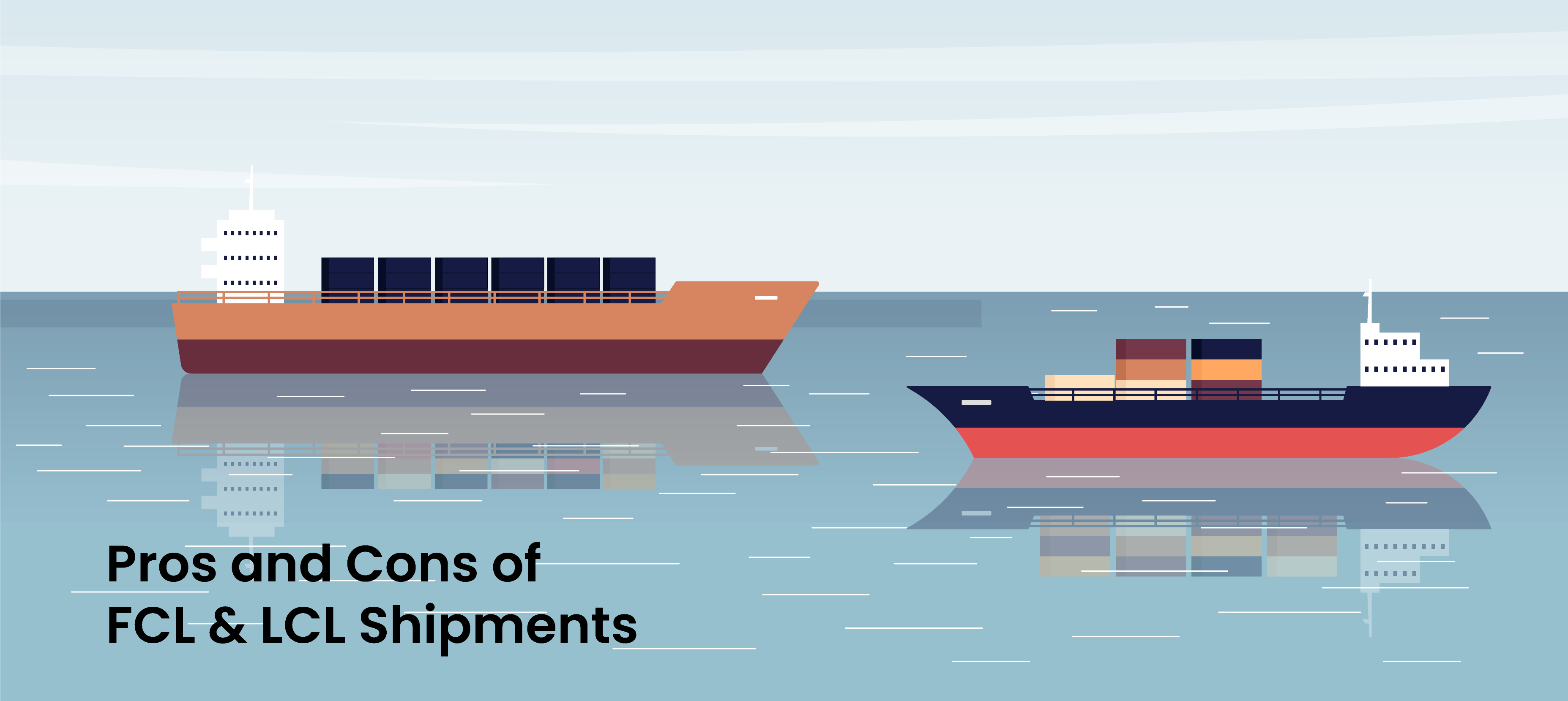
Pros and Cons of FCL & LCL Shipments
21 May, 2022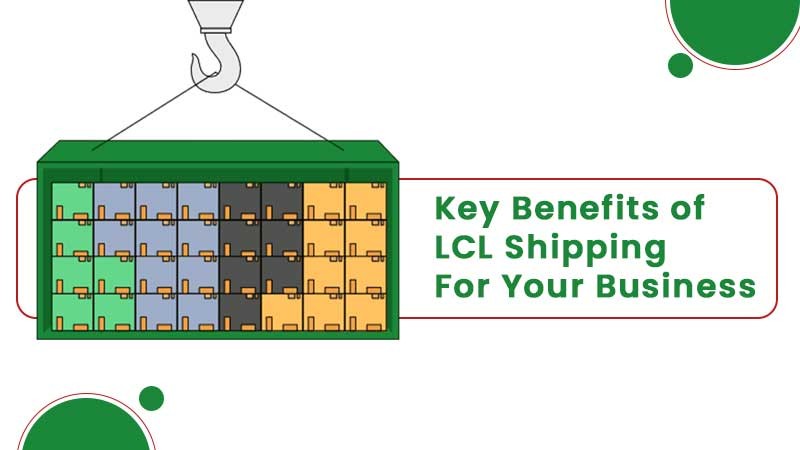
Key Benefits of LCL Shipping for Your Business
28 Jan, 2022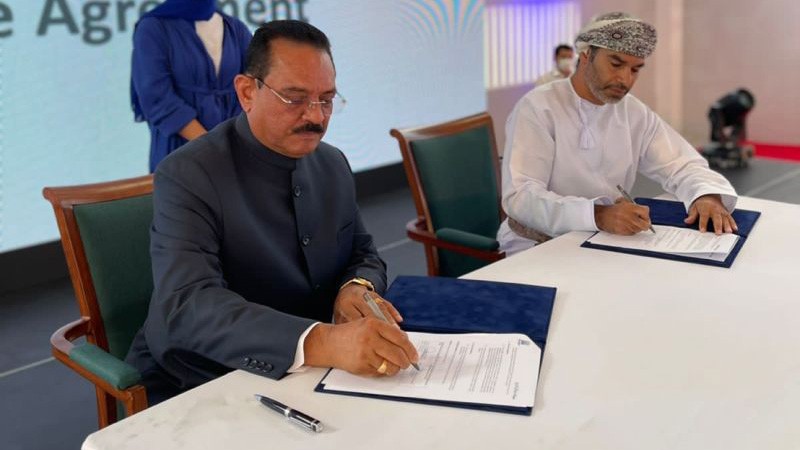

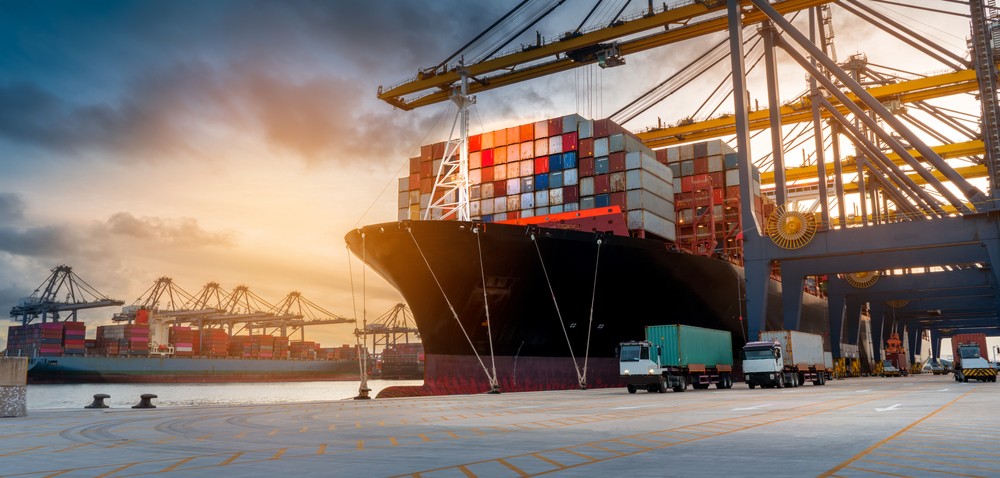
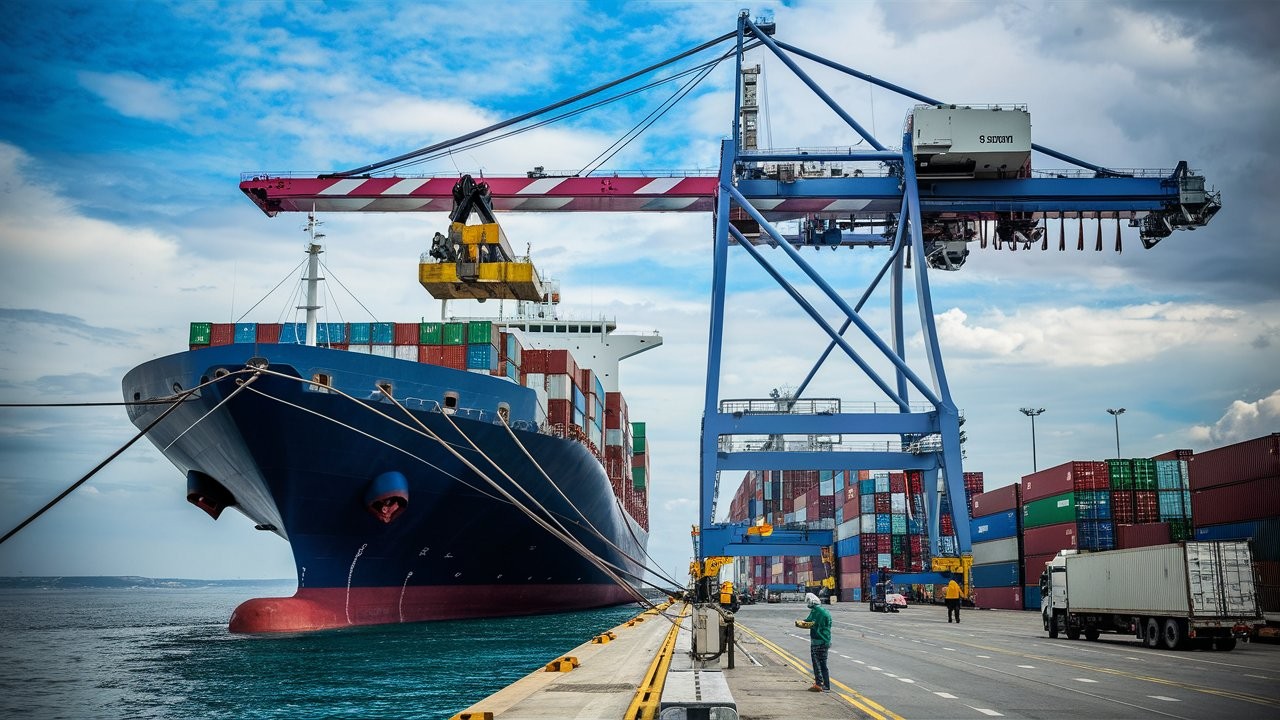
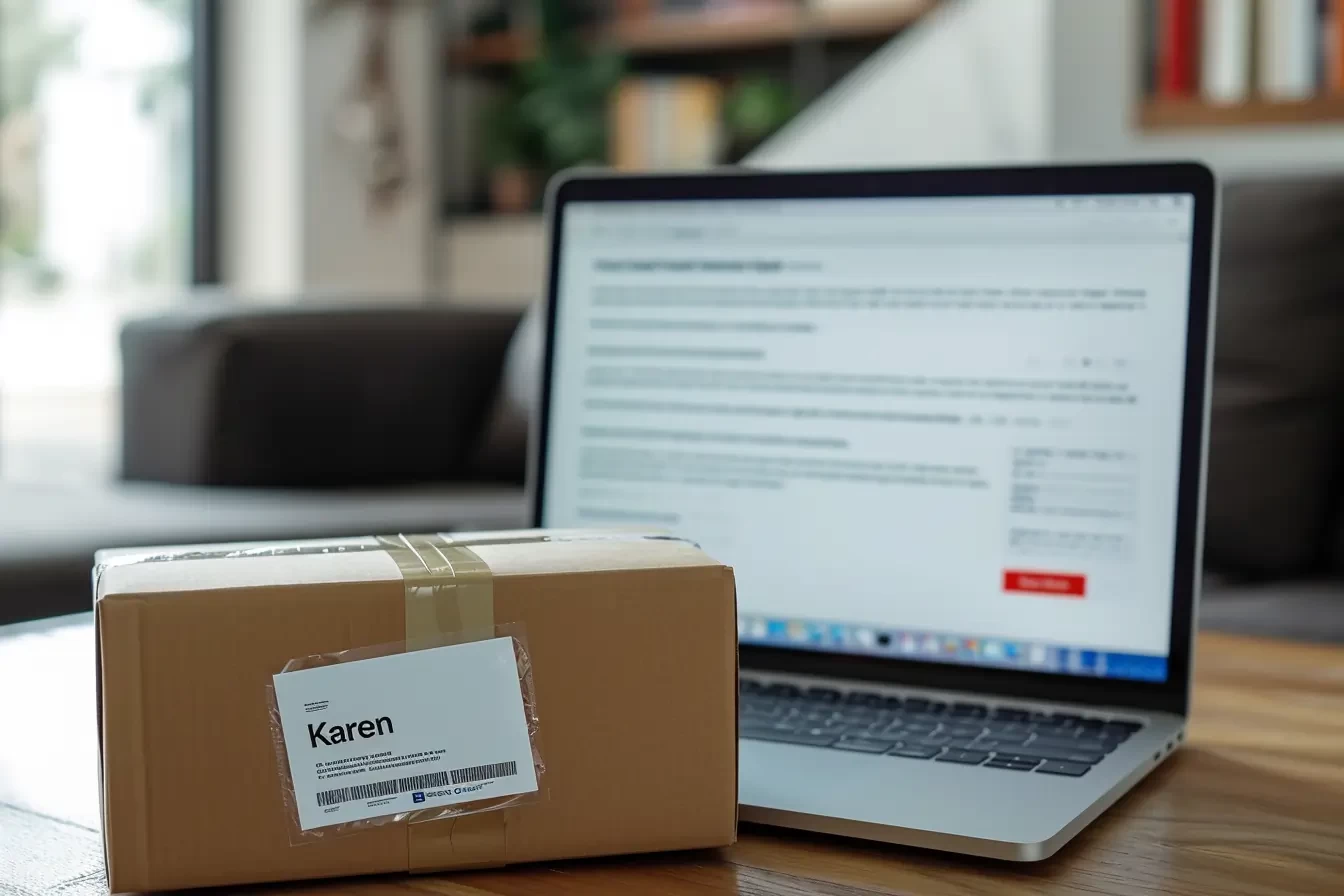
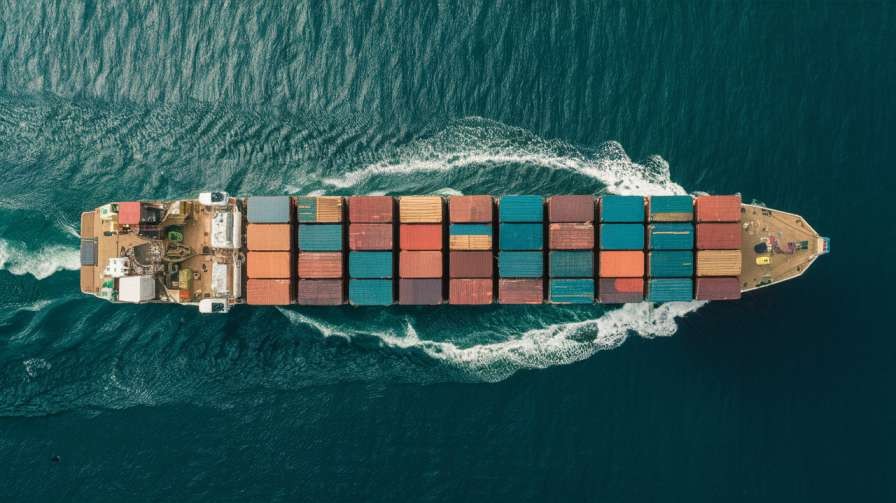
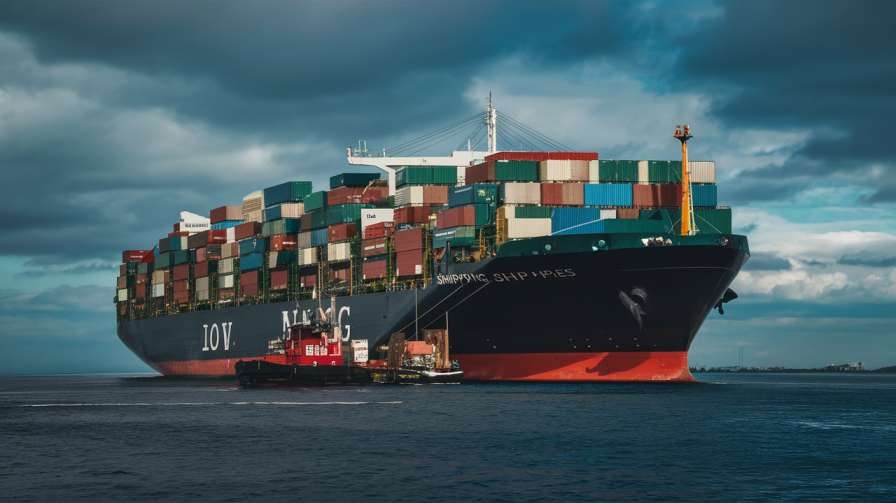
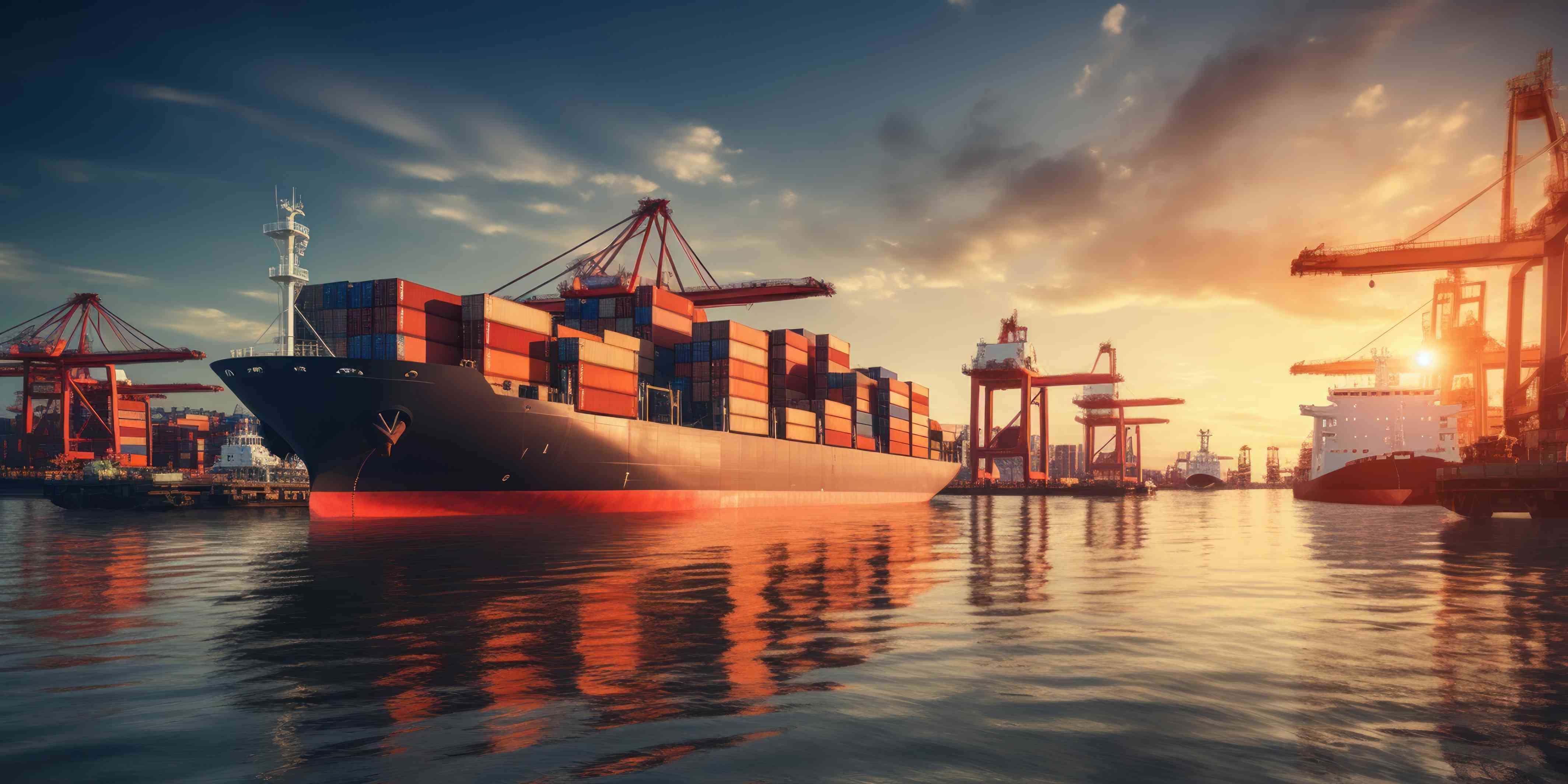

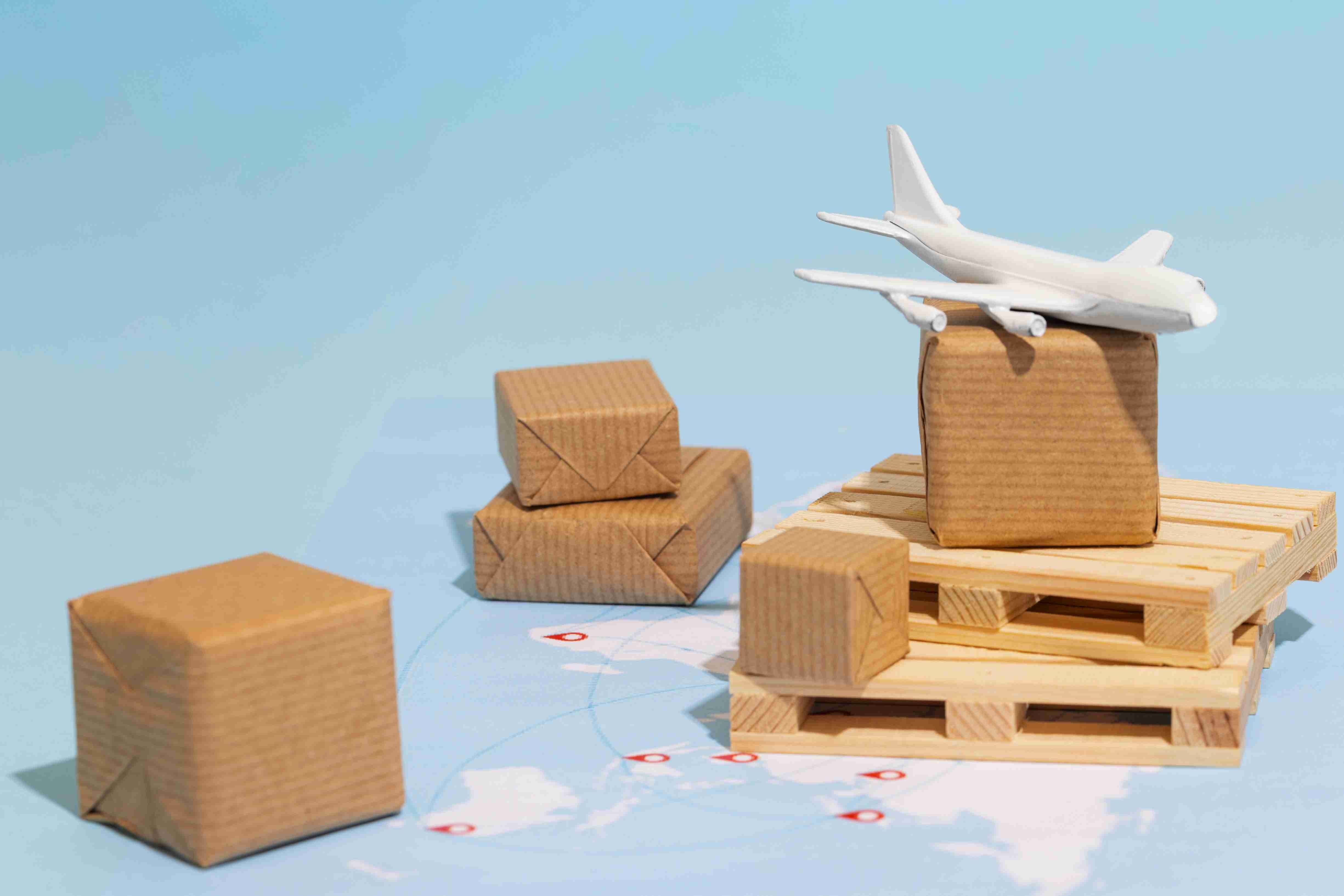
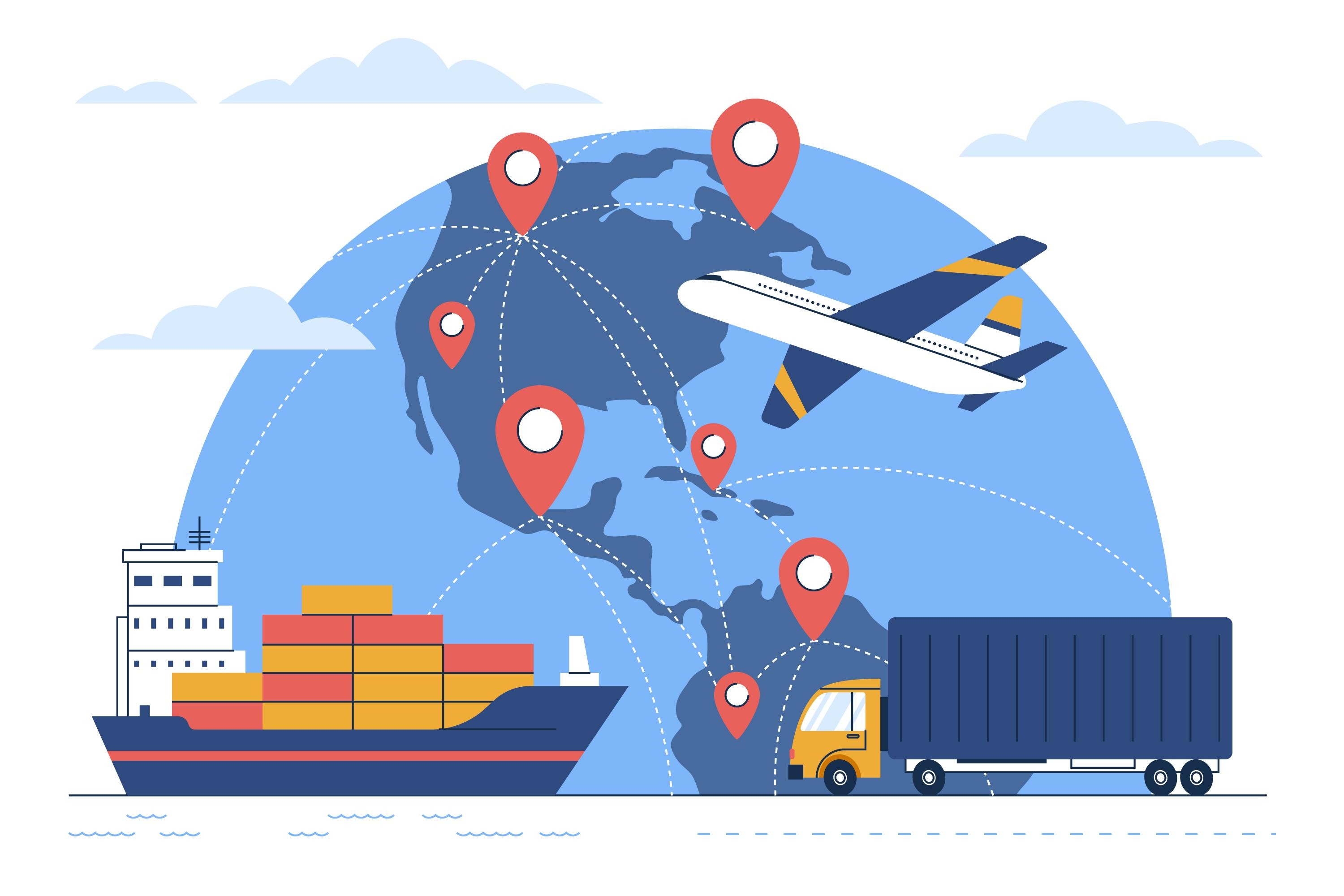

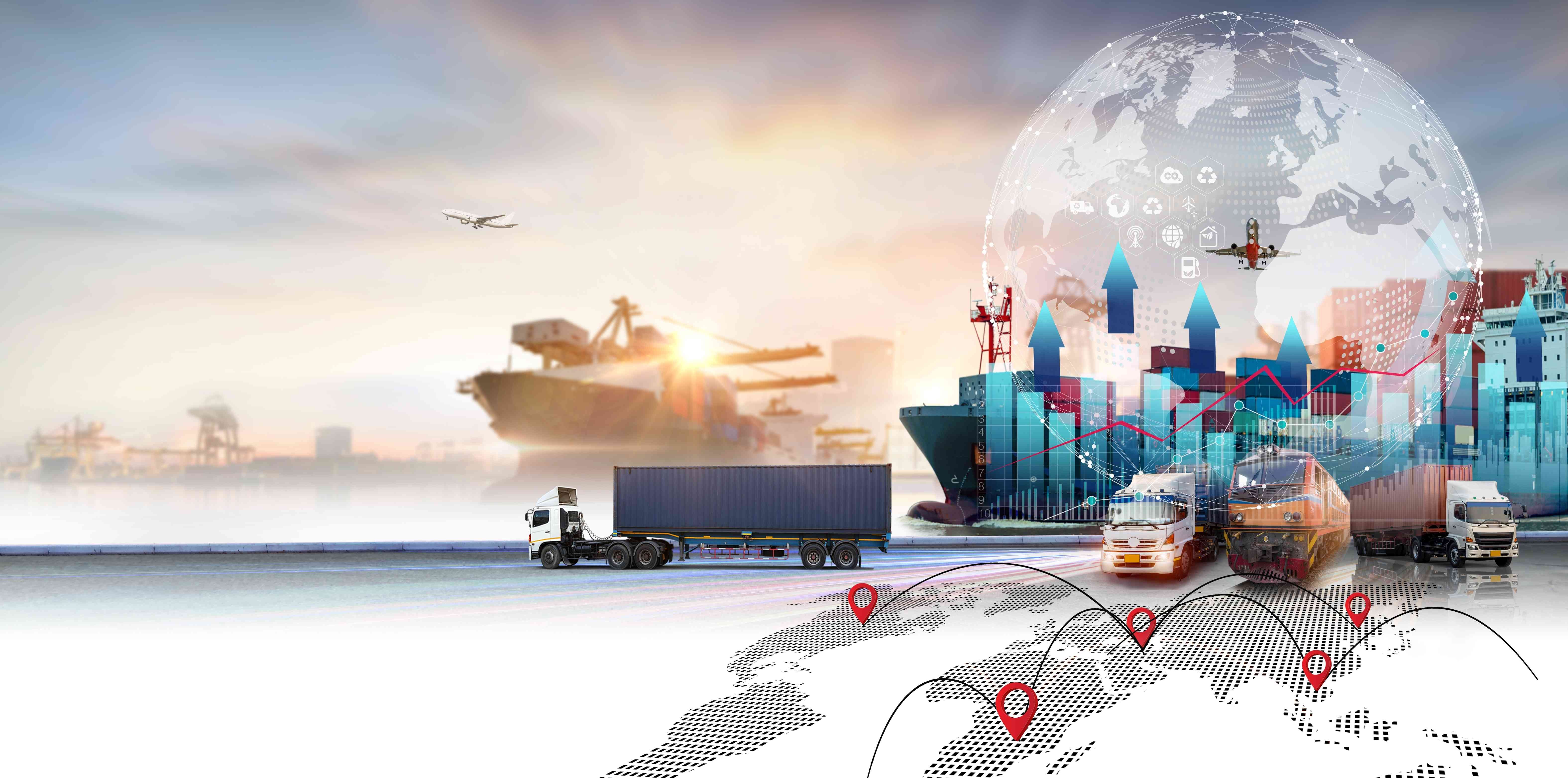
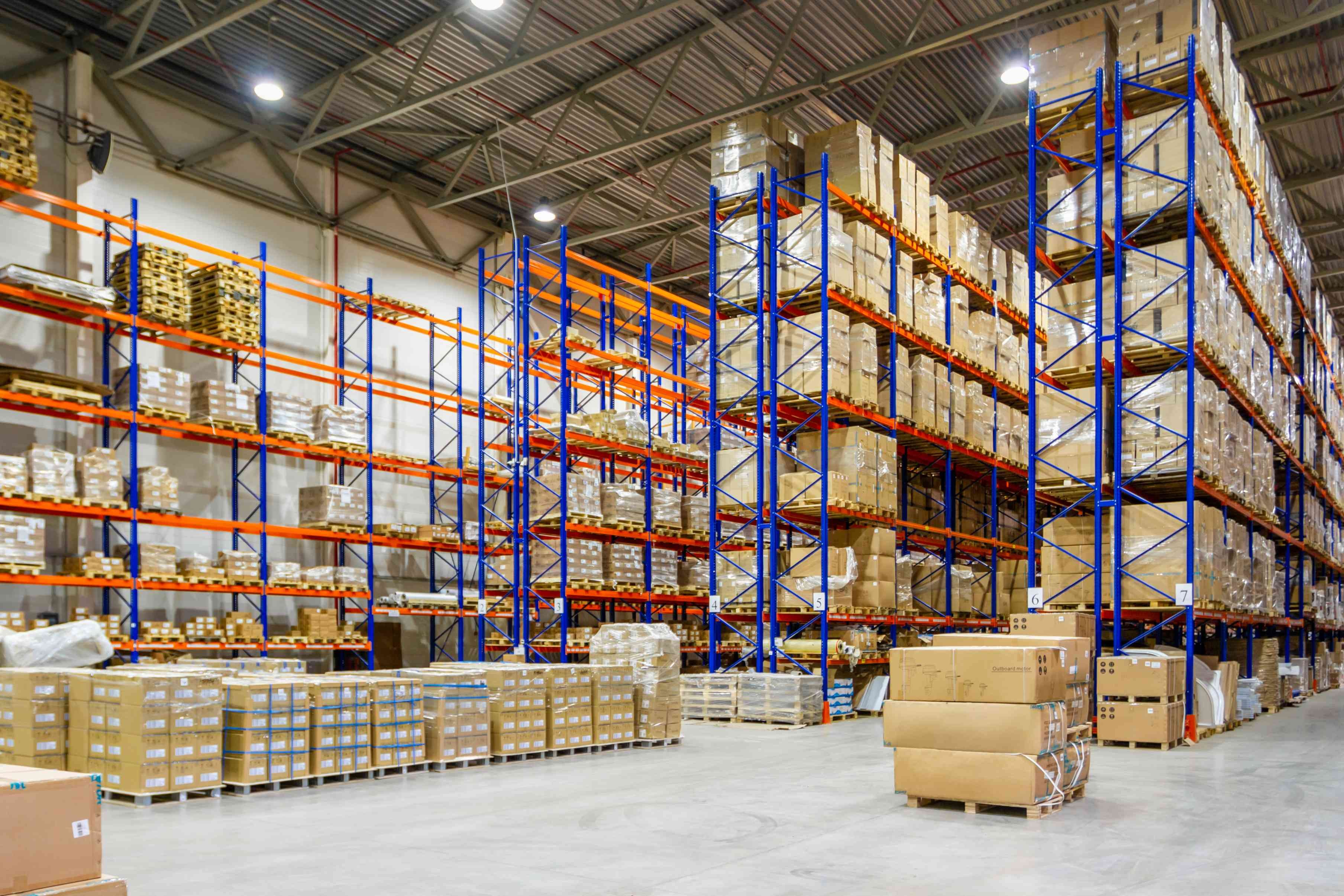
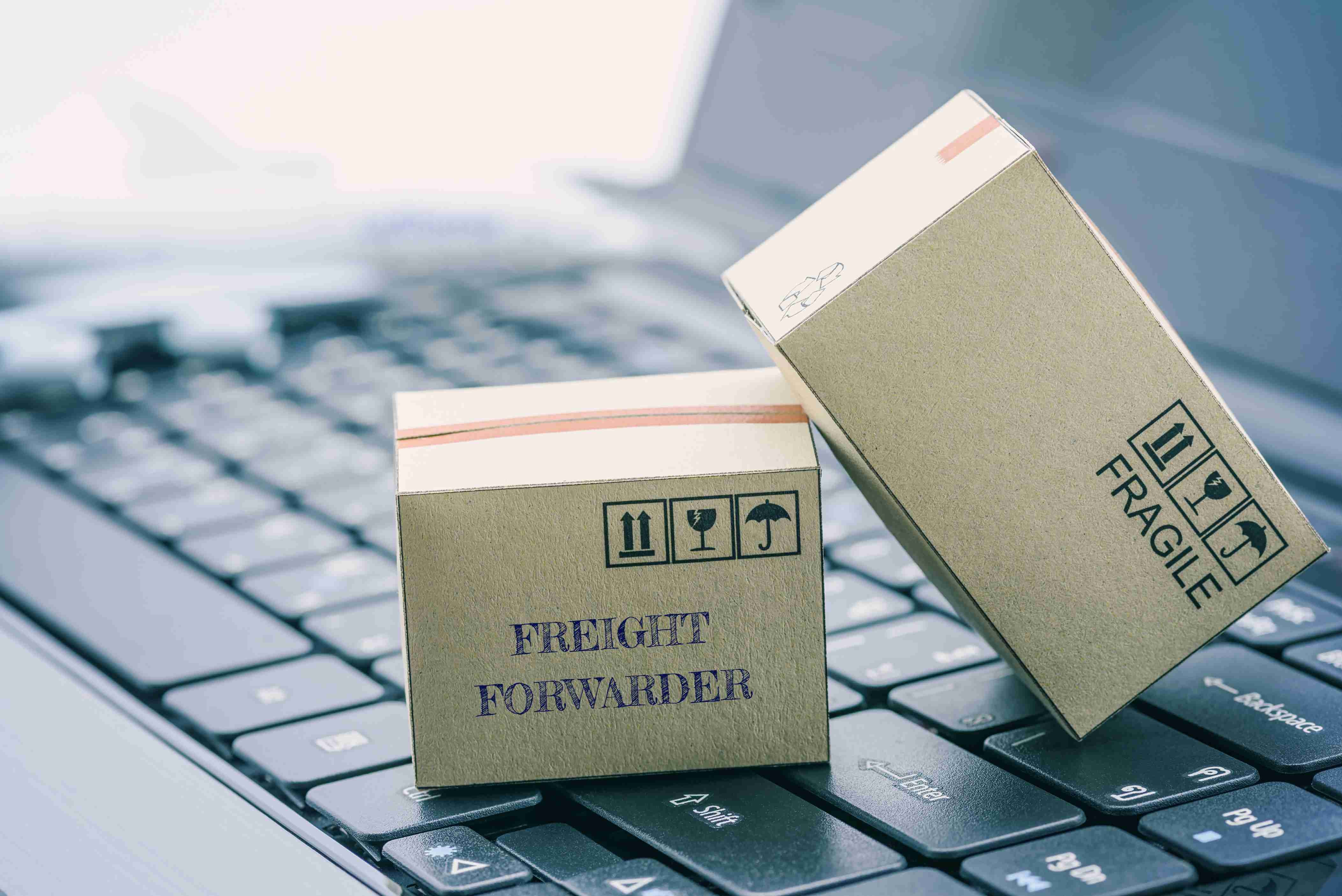
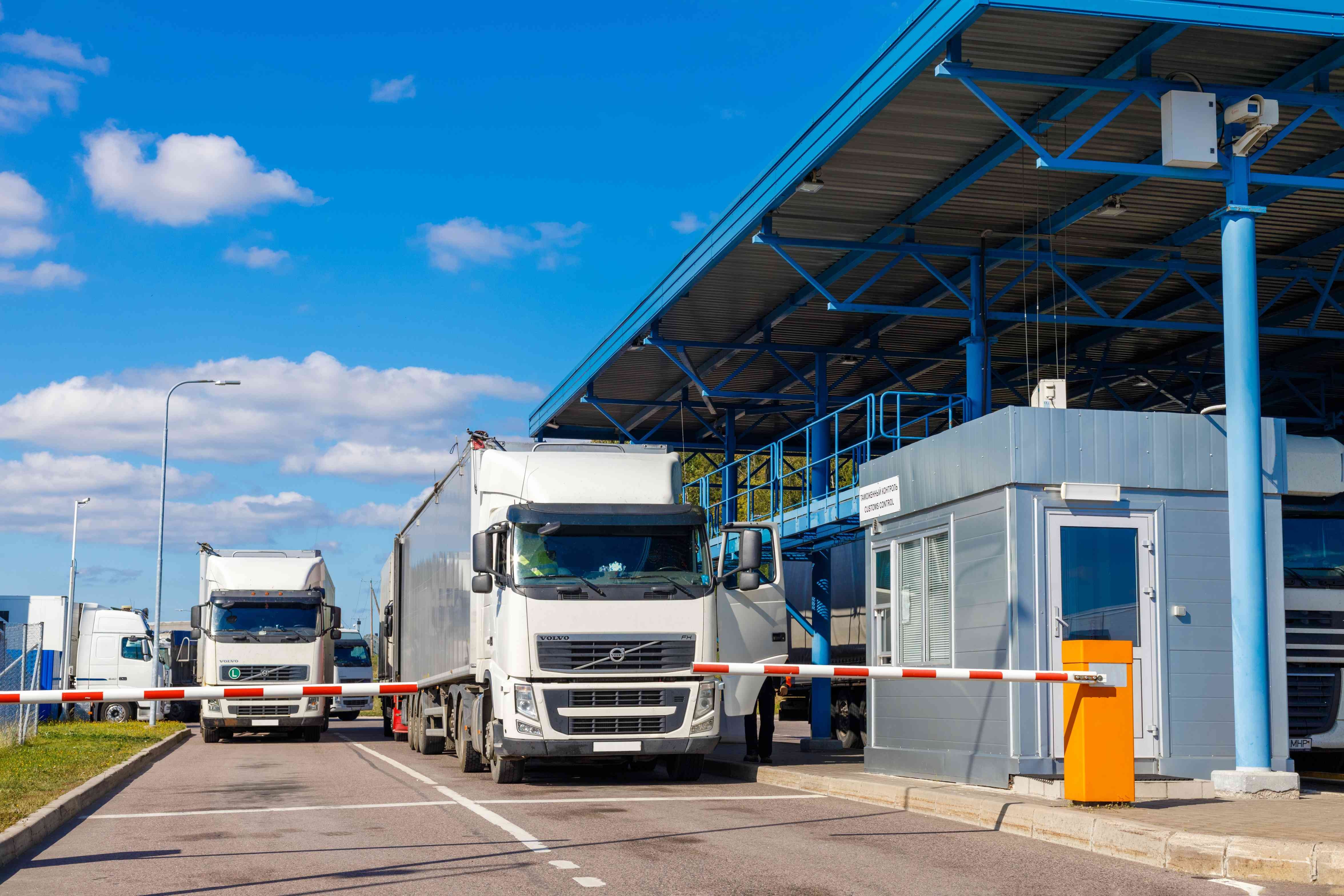
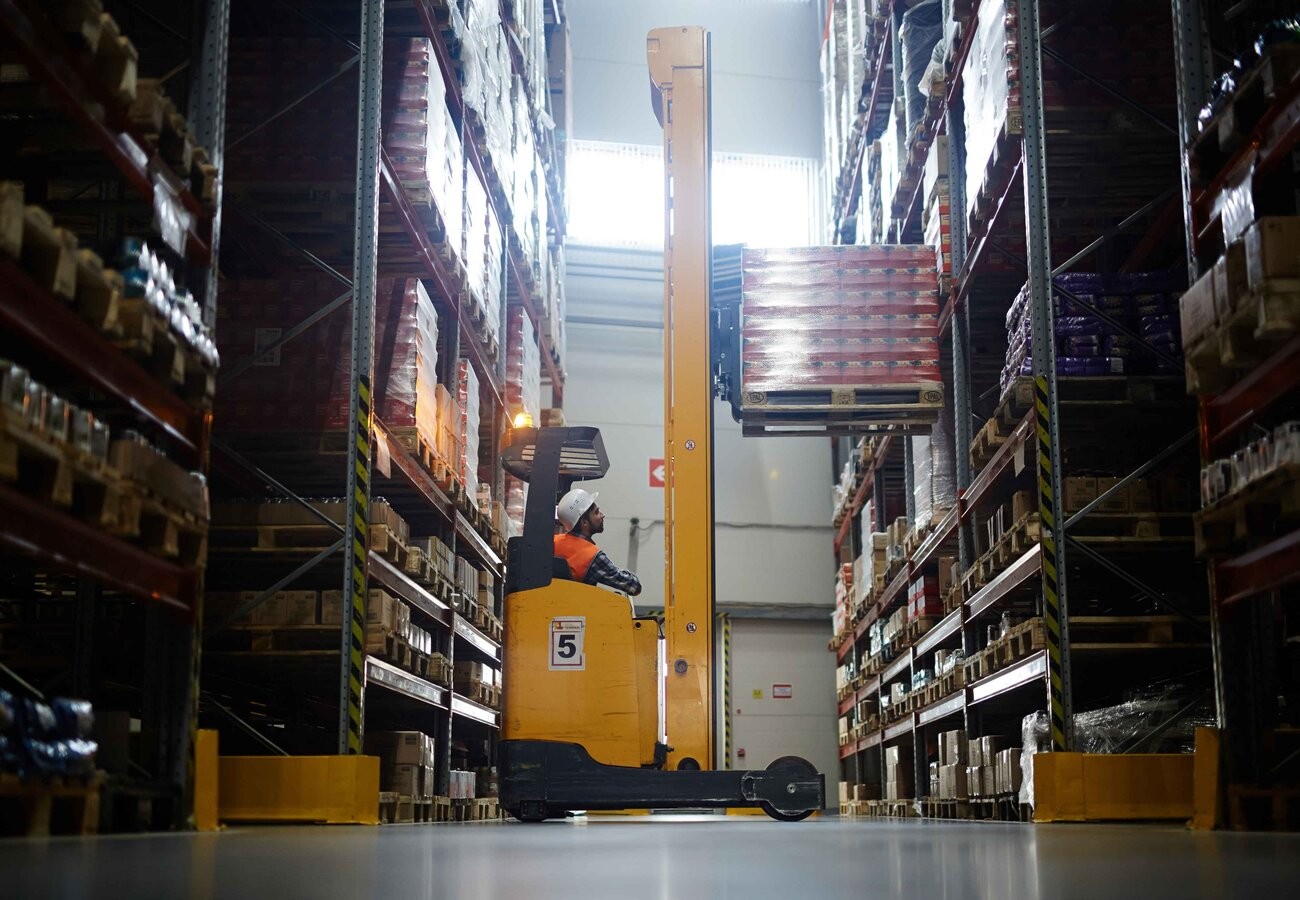
64ef6d522bd5d.jpg)
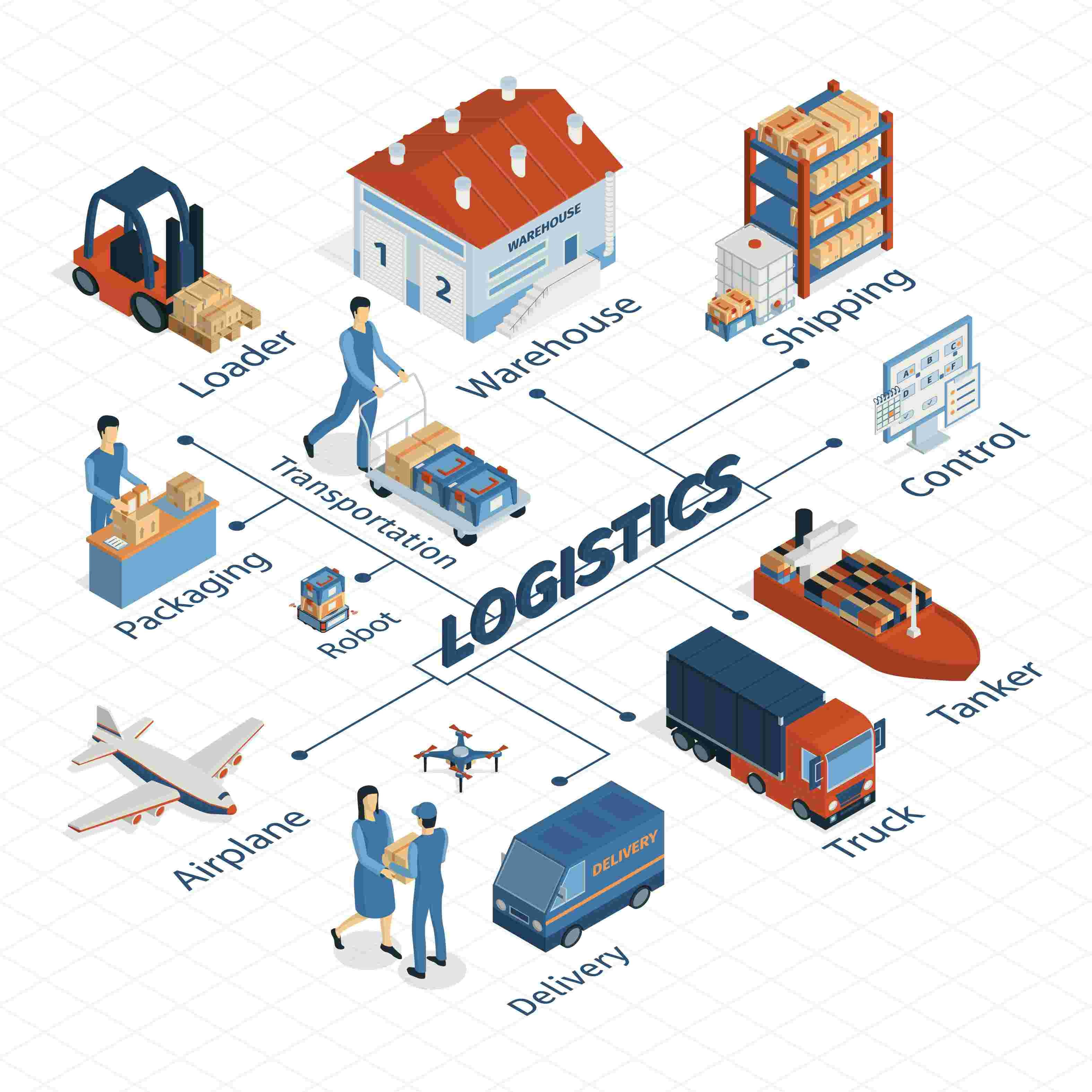
64a477953e86e.jpg)
643ff0cfeaf4e.jpg)
63fcb9023ba5f.jpg)
63d94f83c4432.jpg)
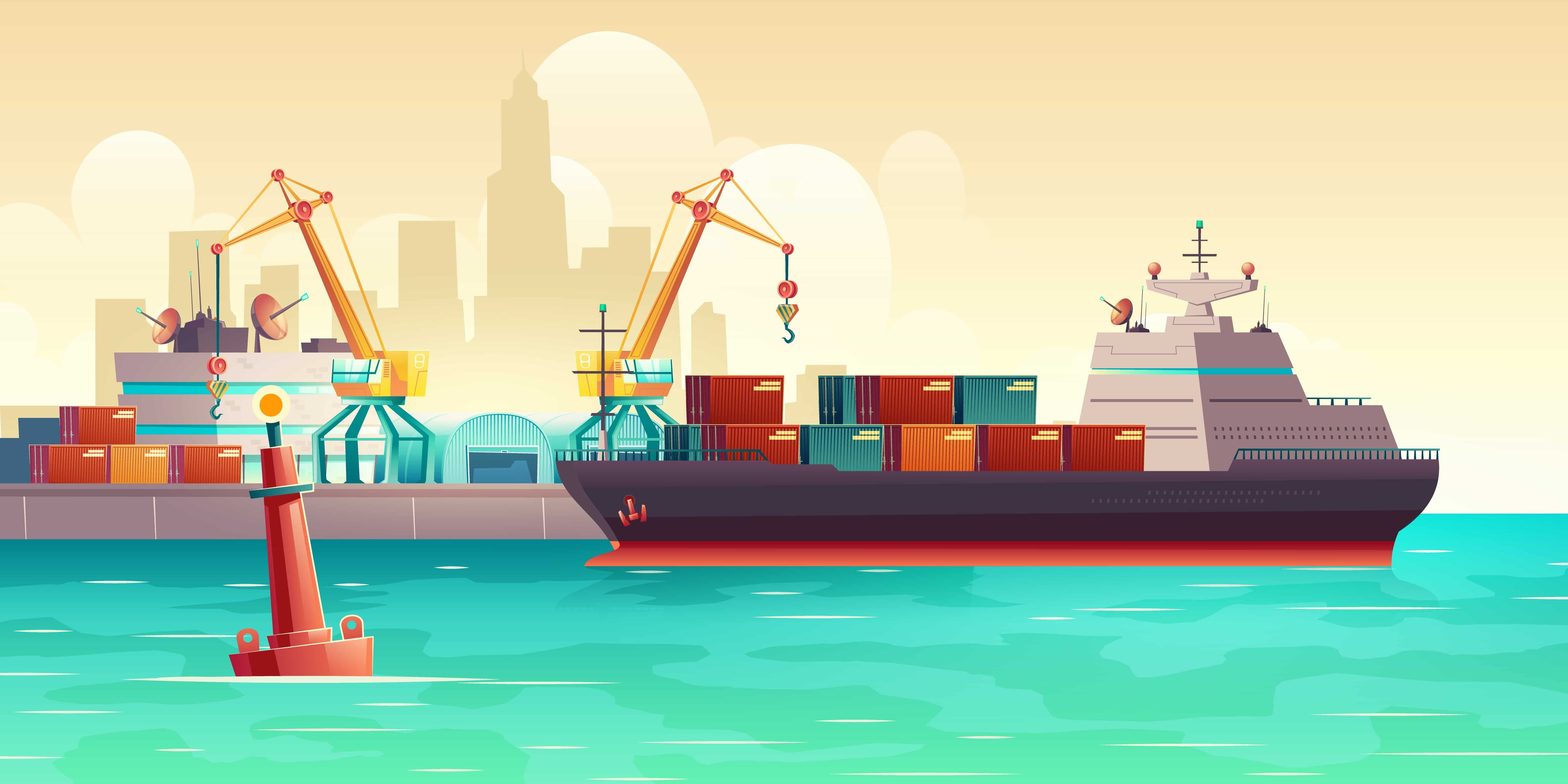

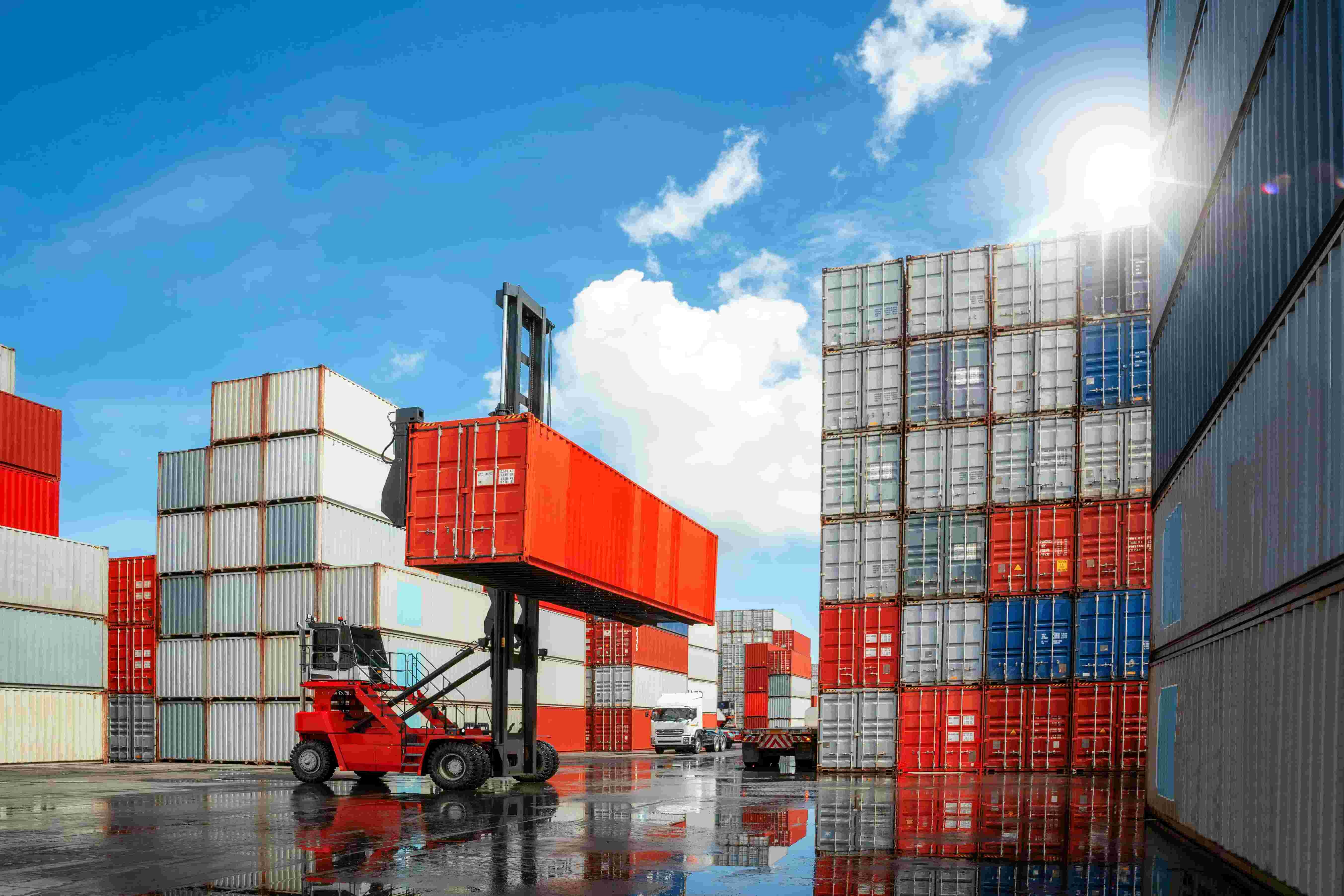
637611972635b.jpg)
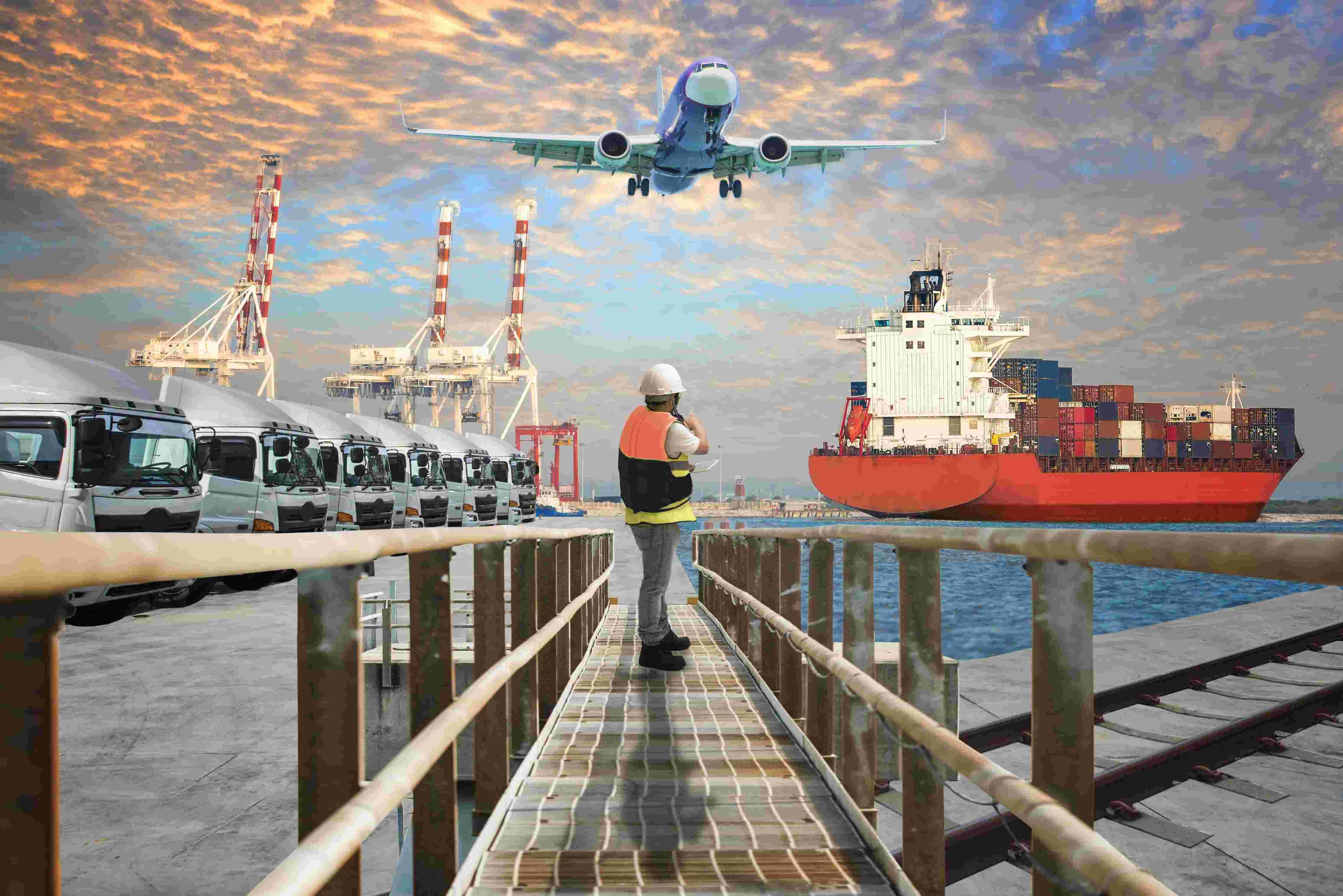
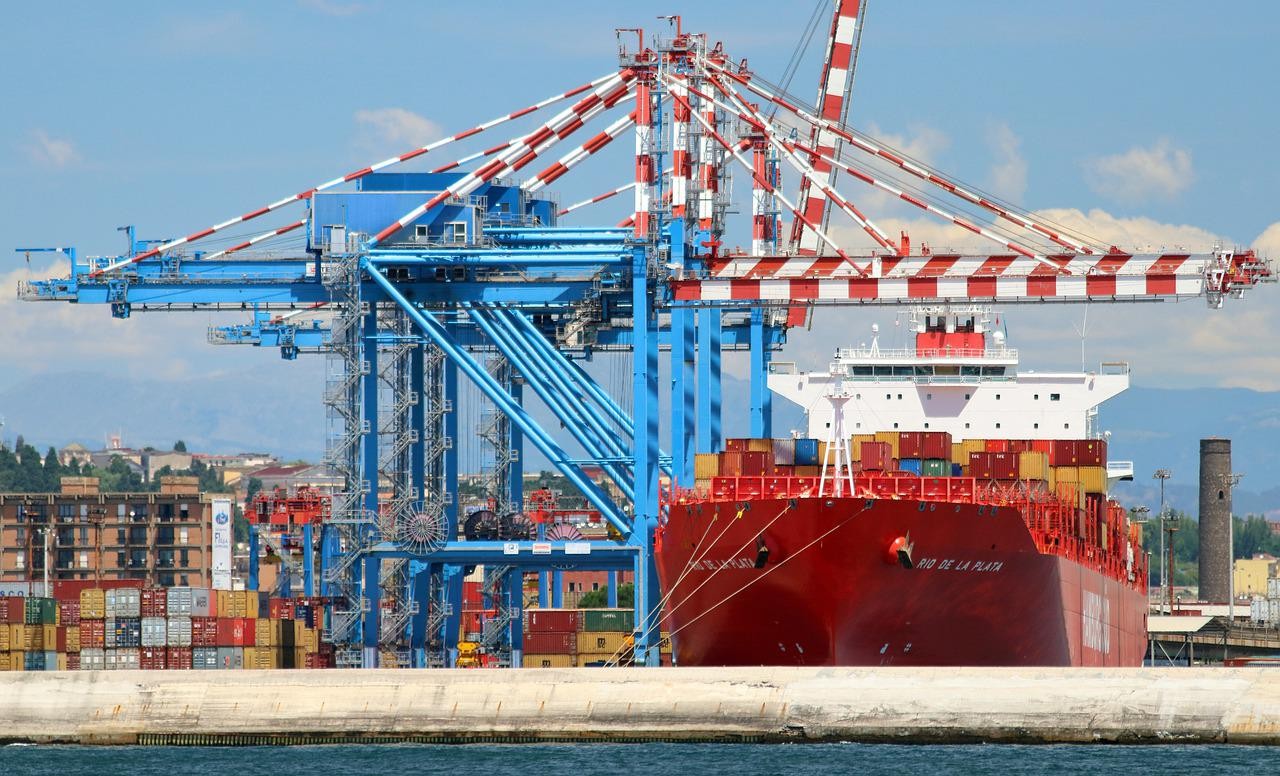

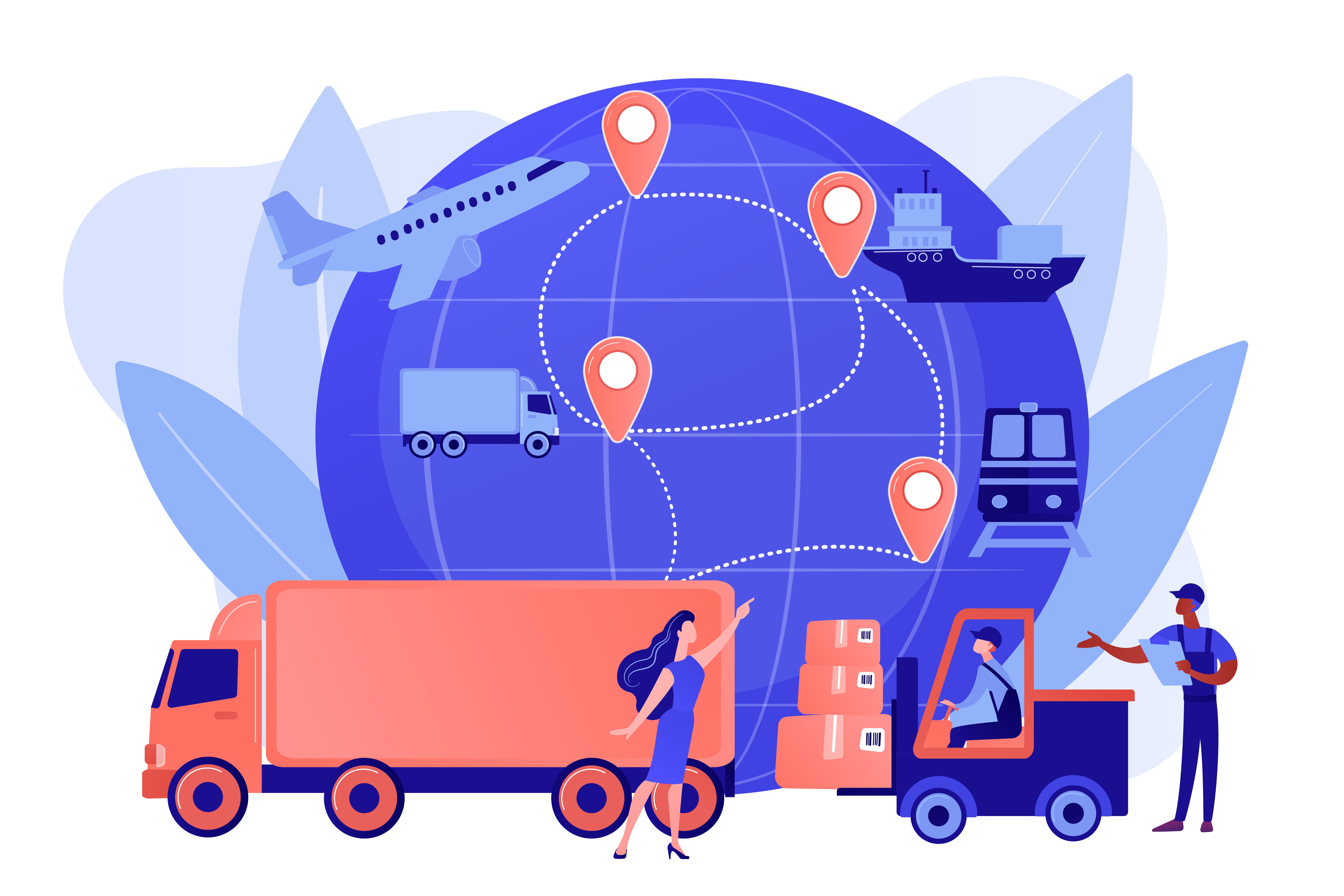
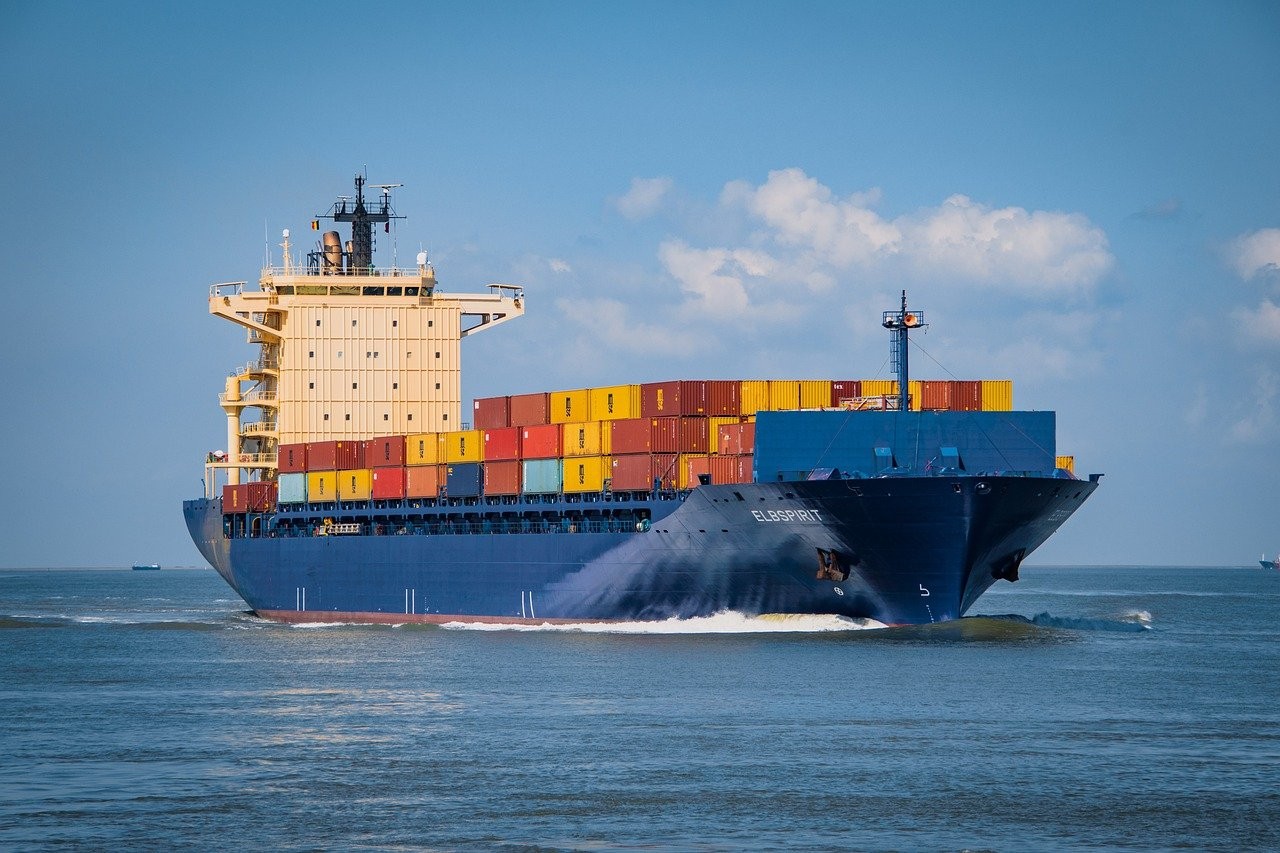
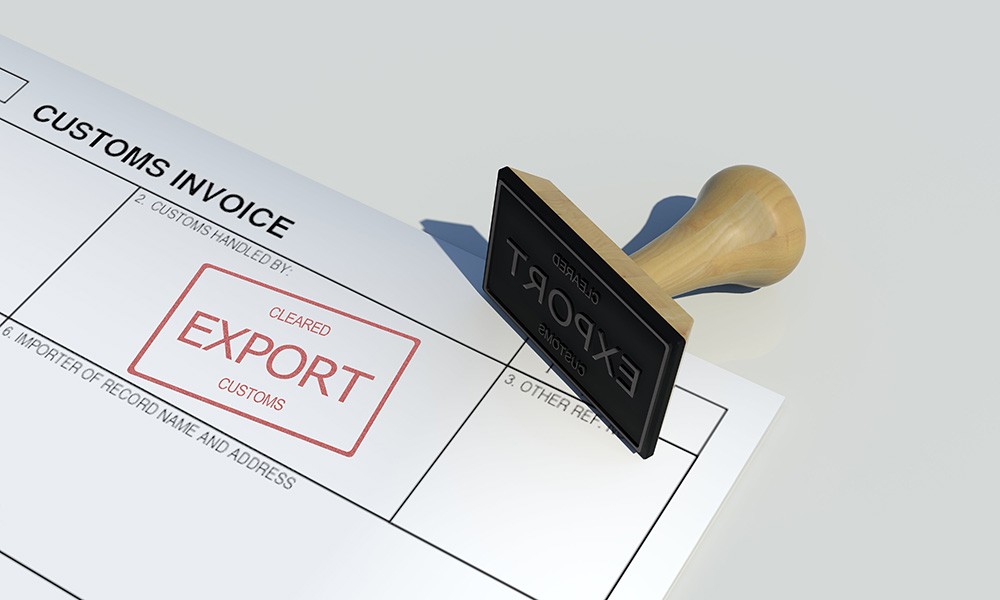
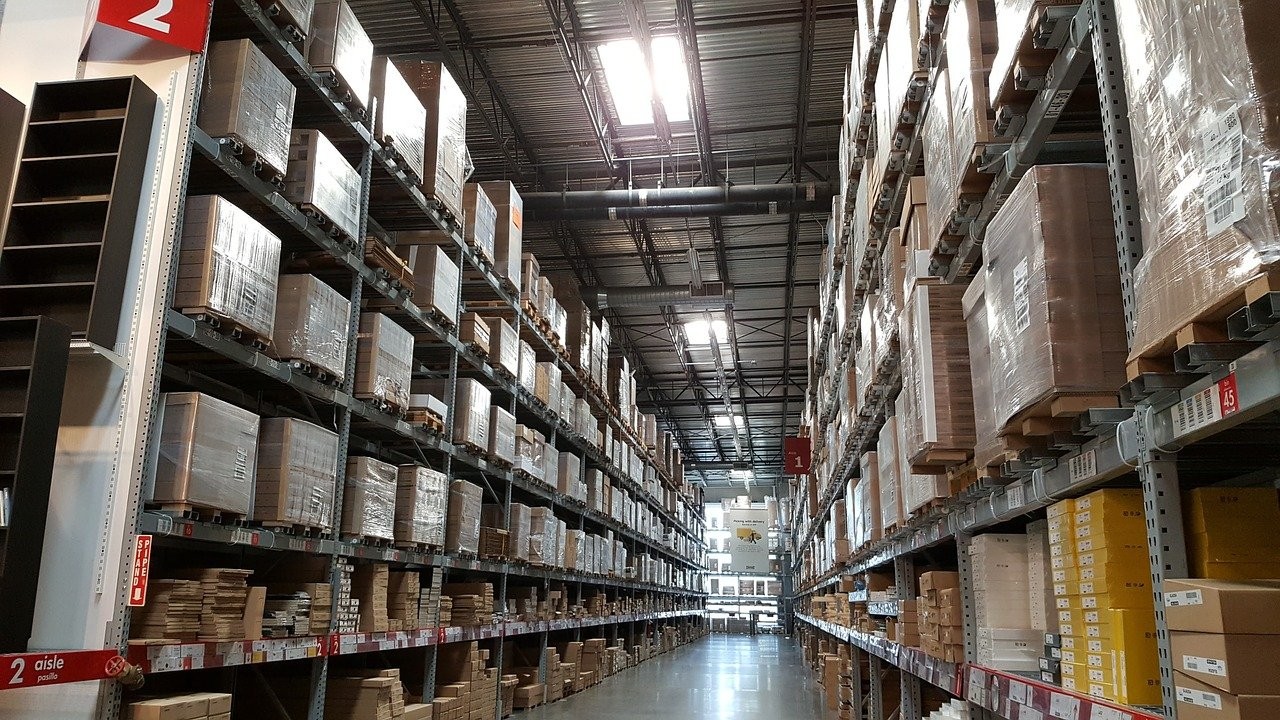
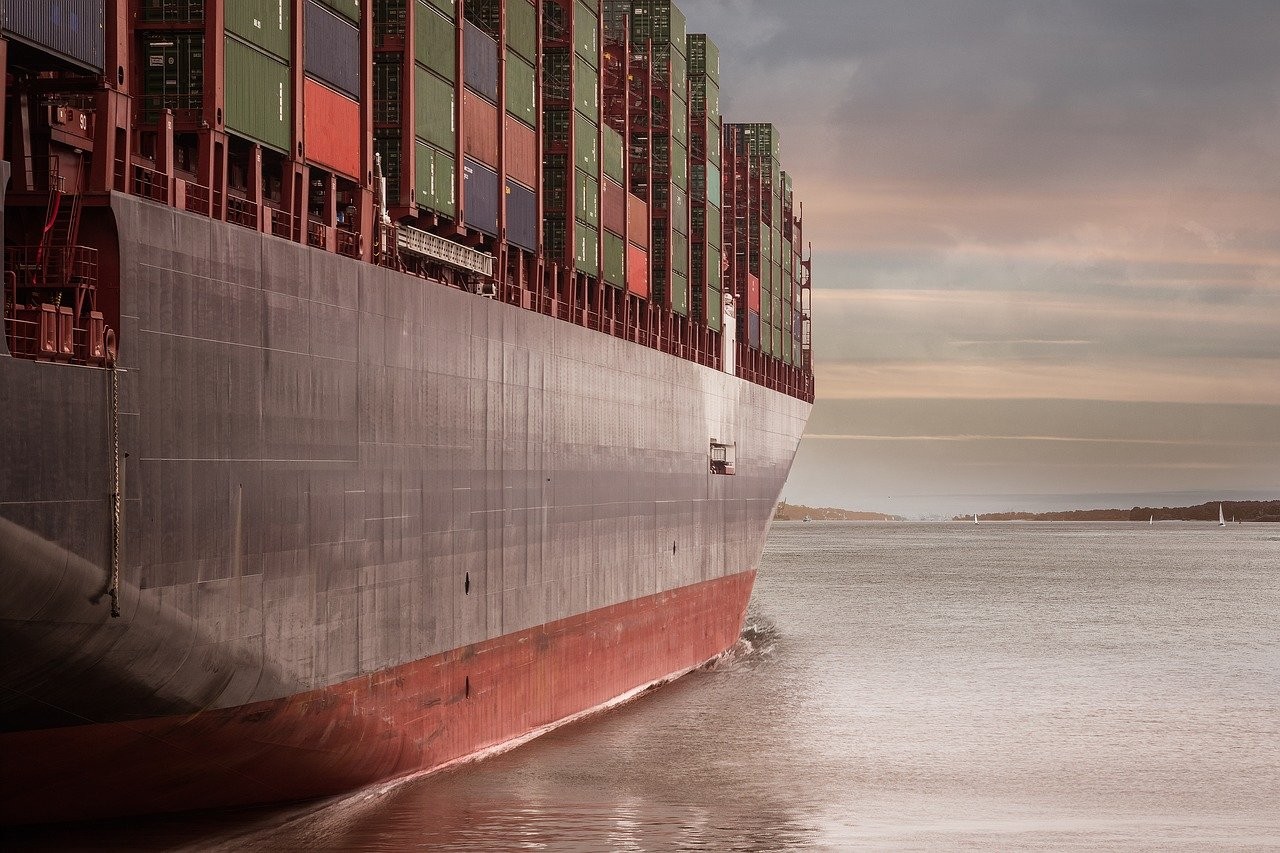
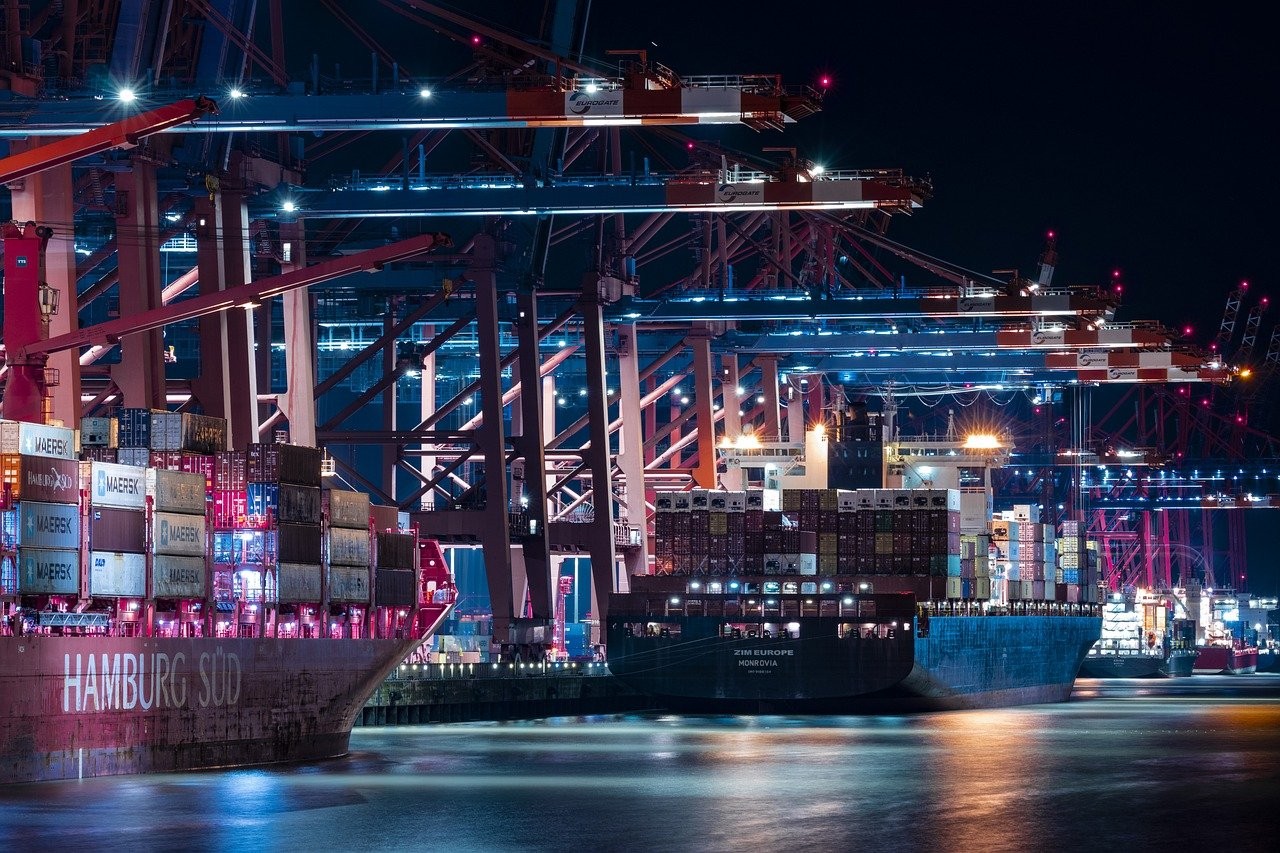
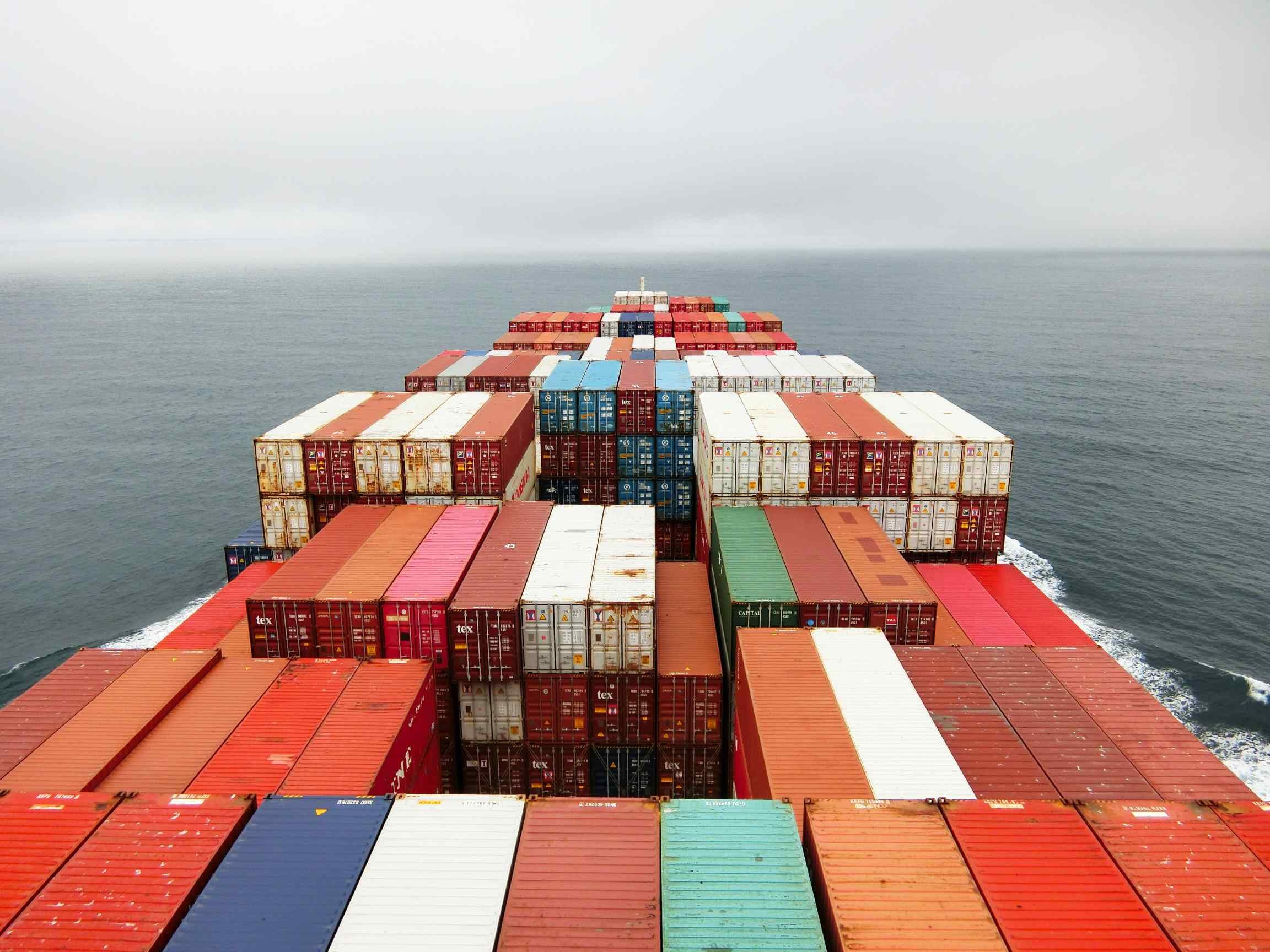
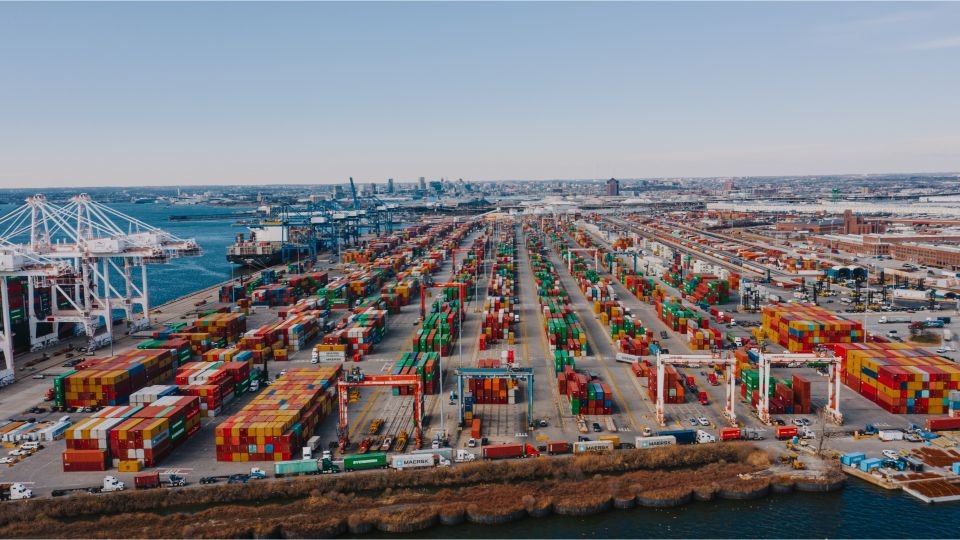

.png)